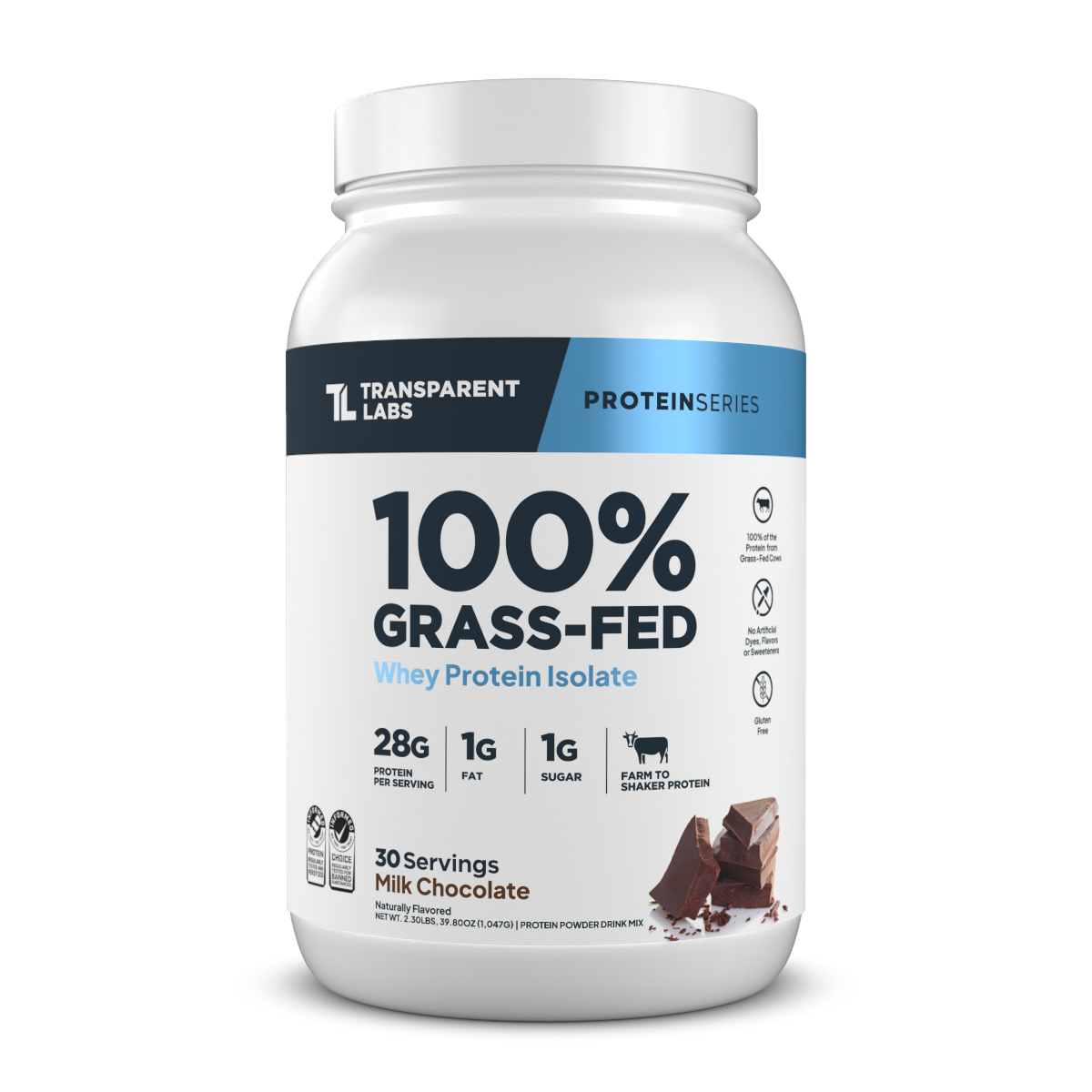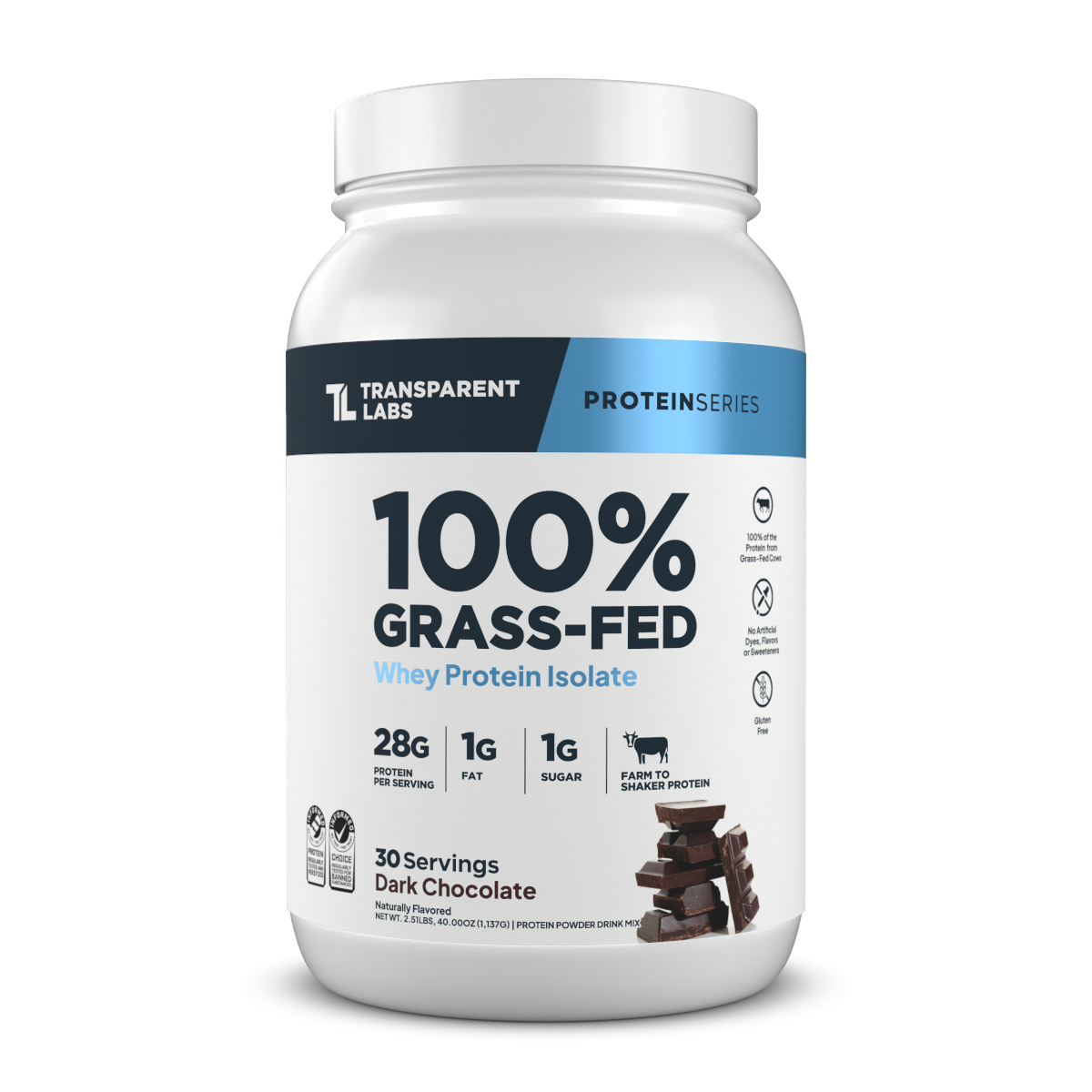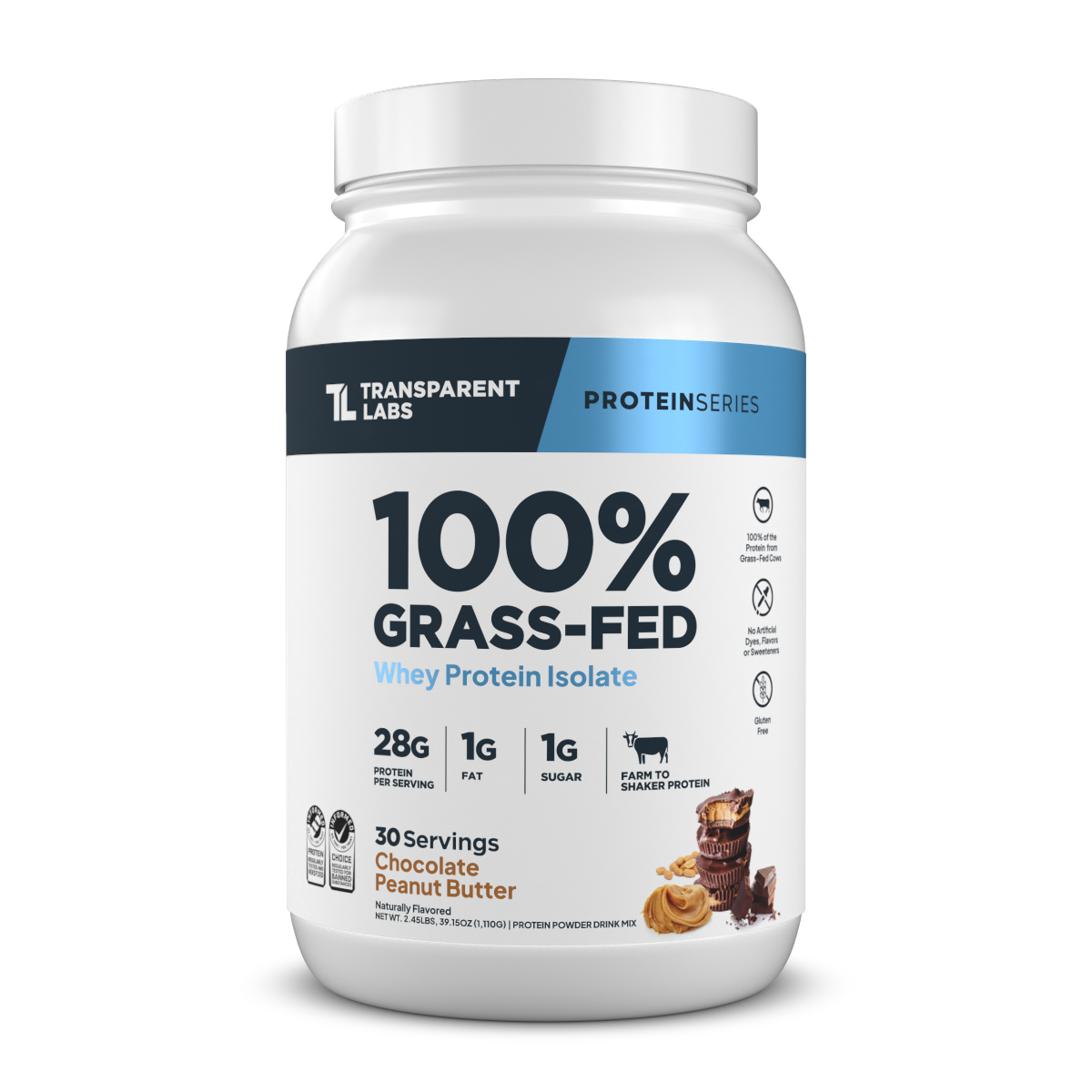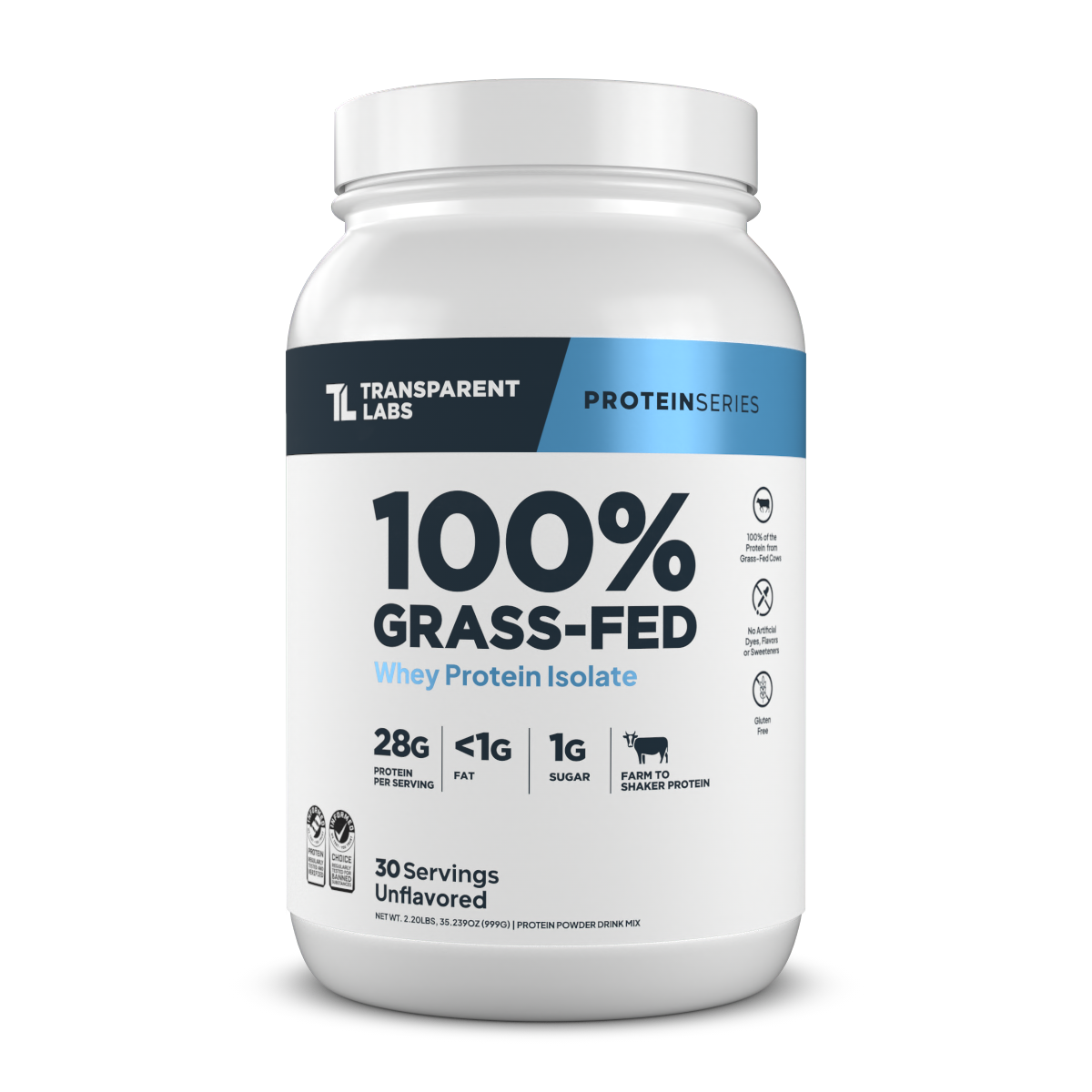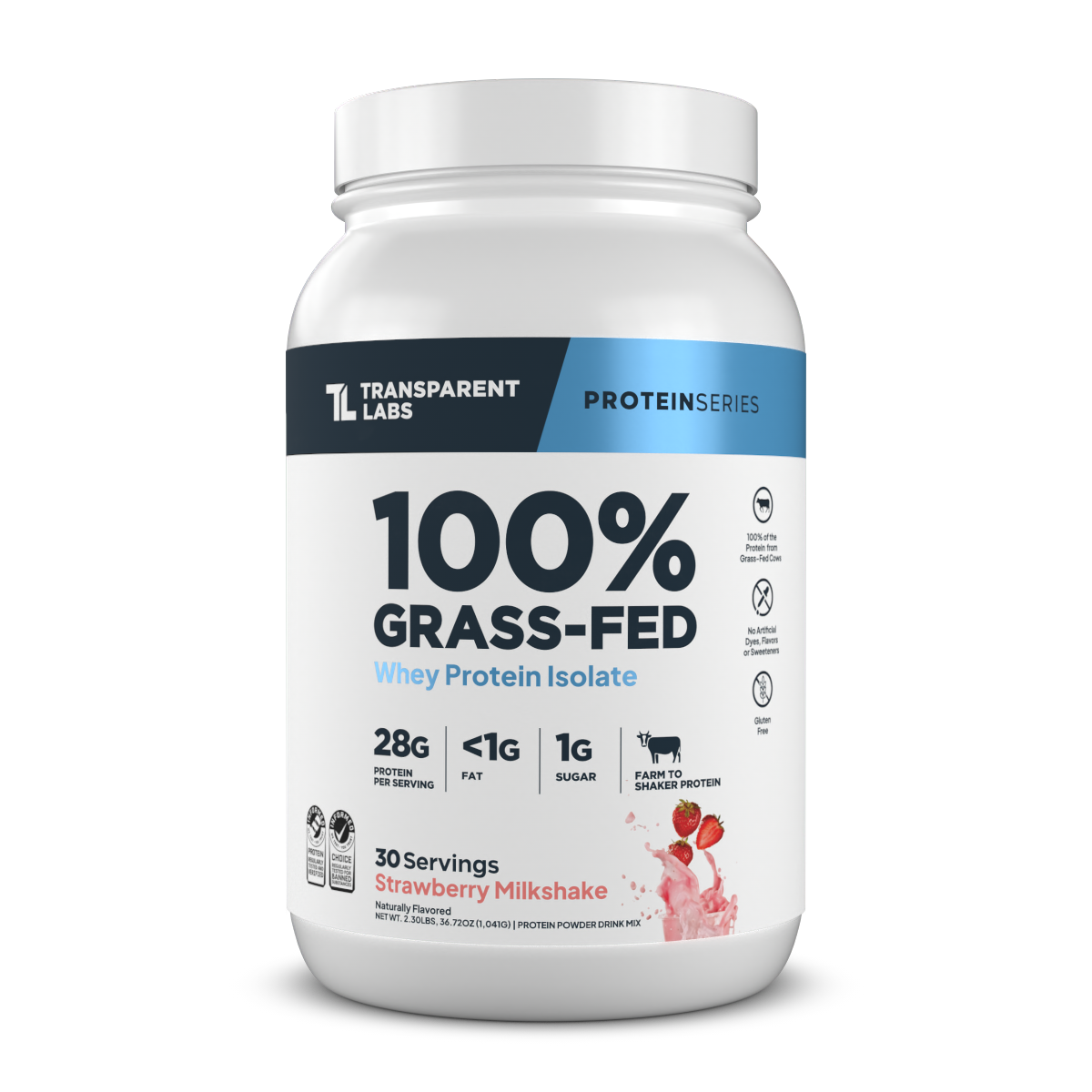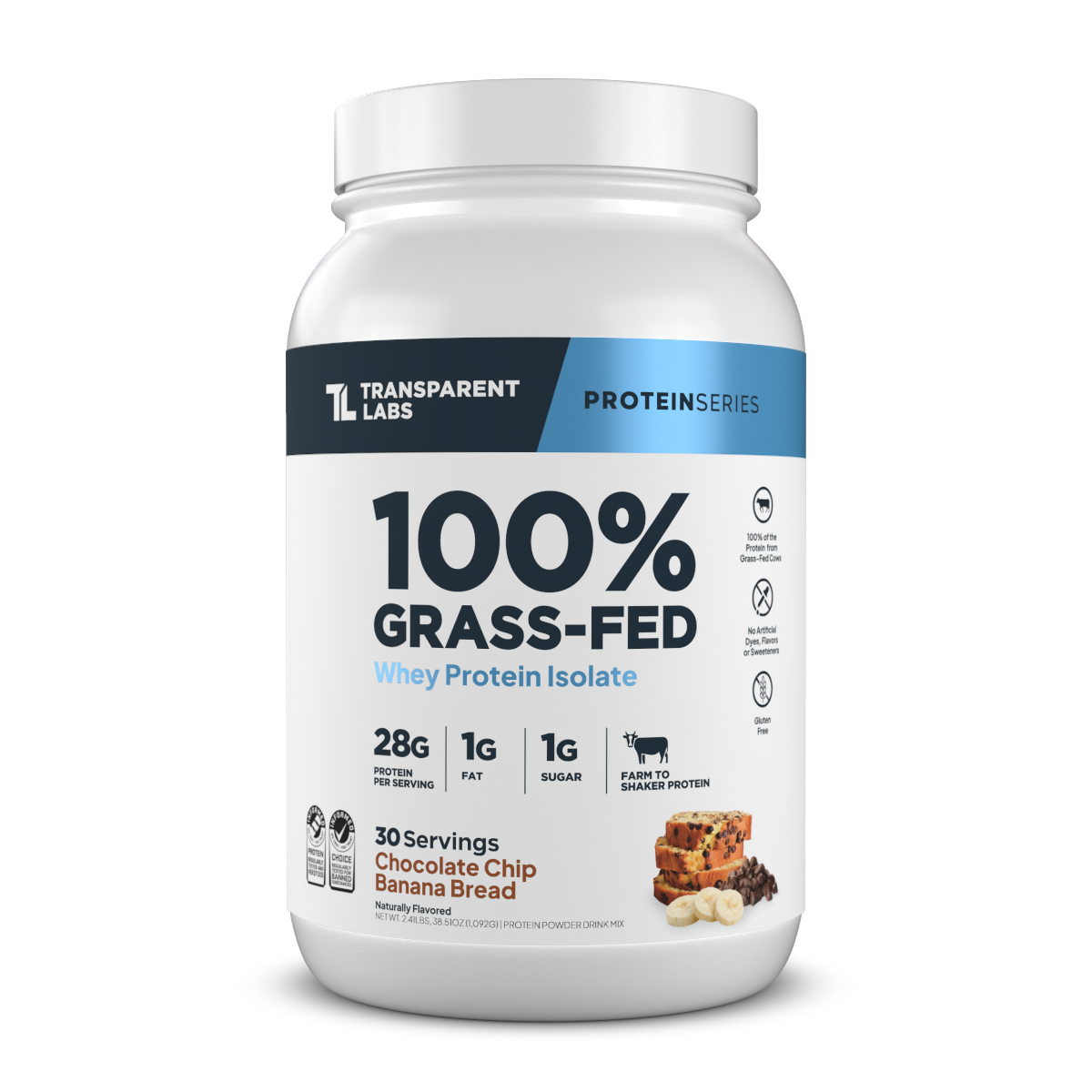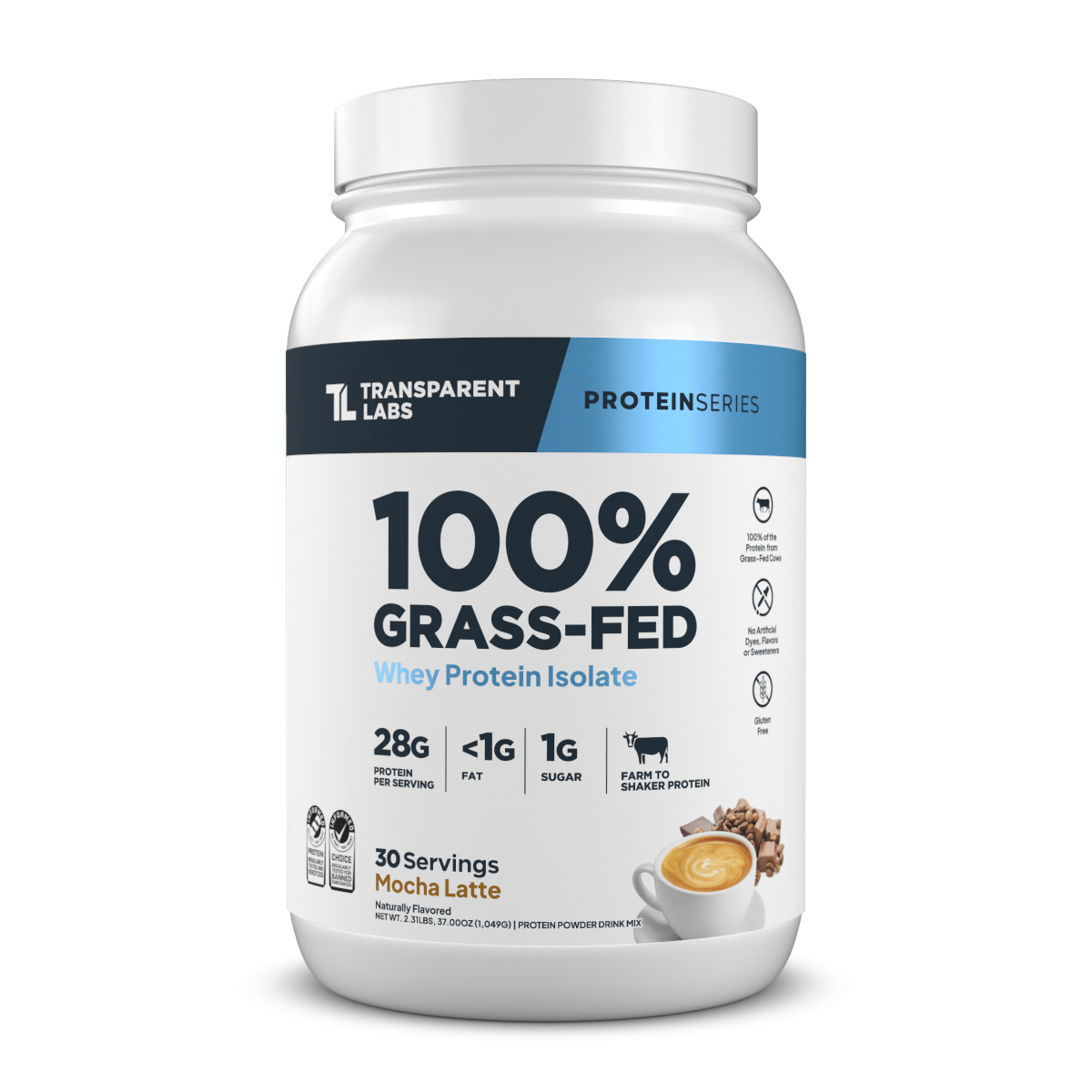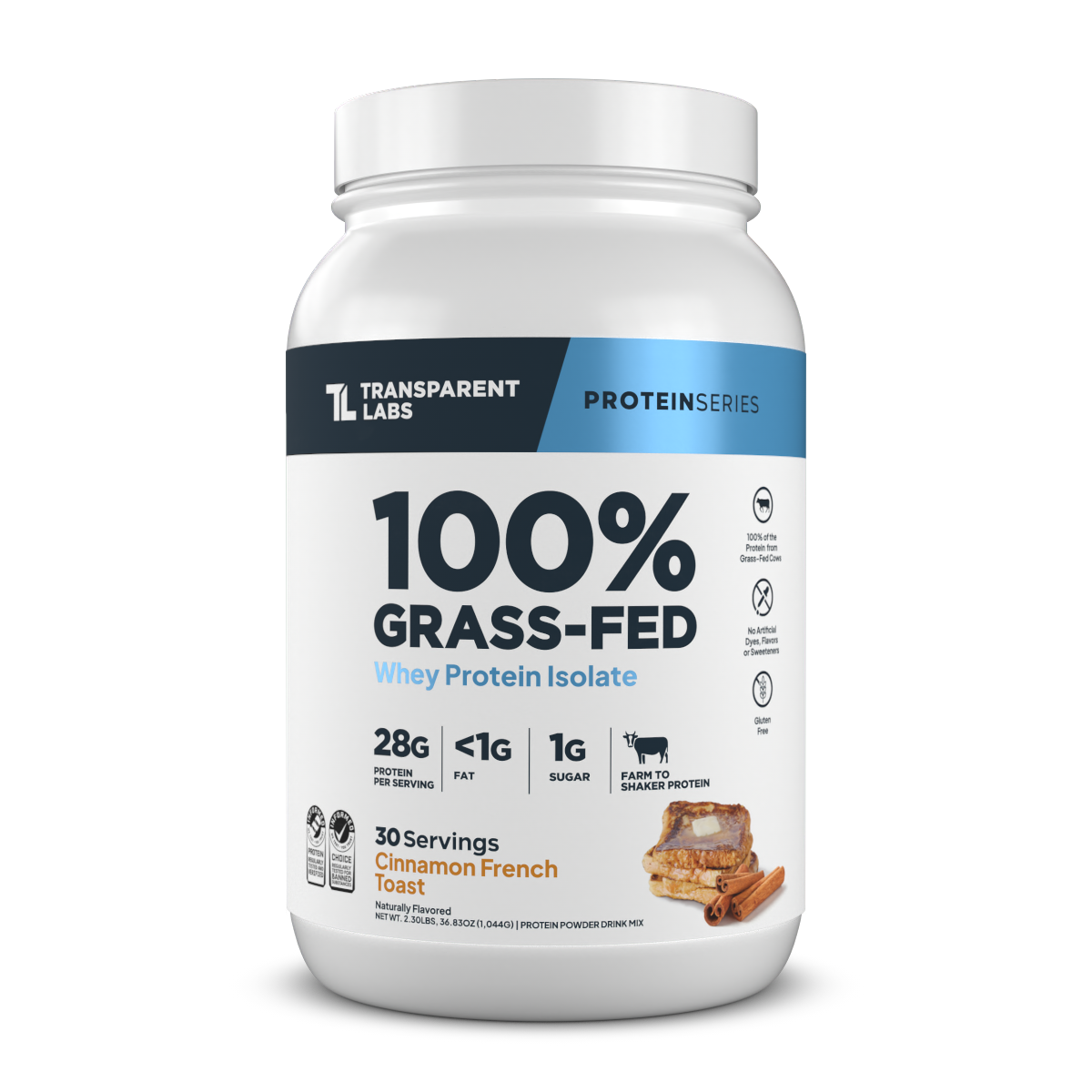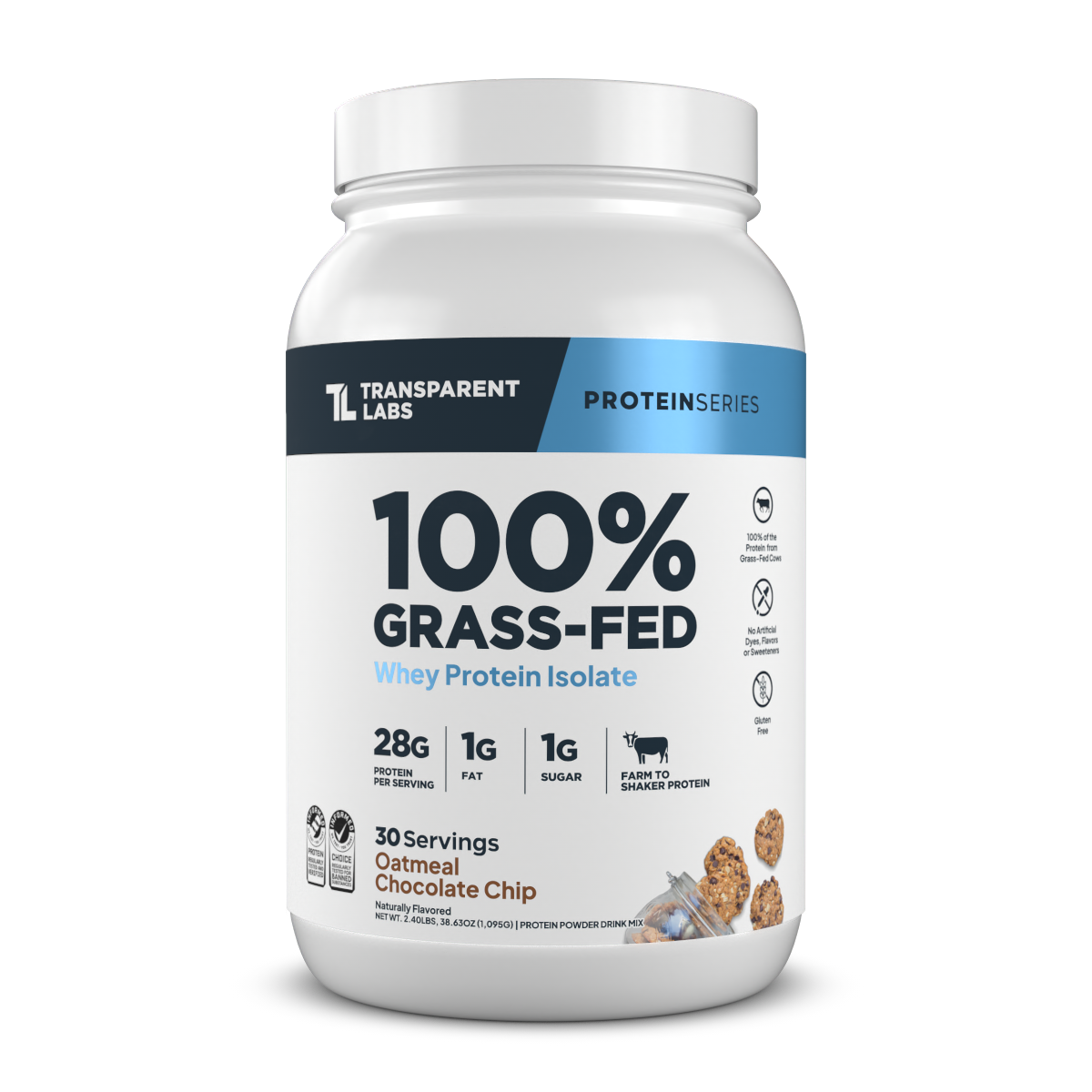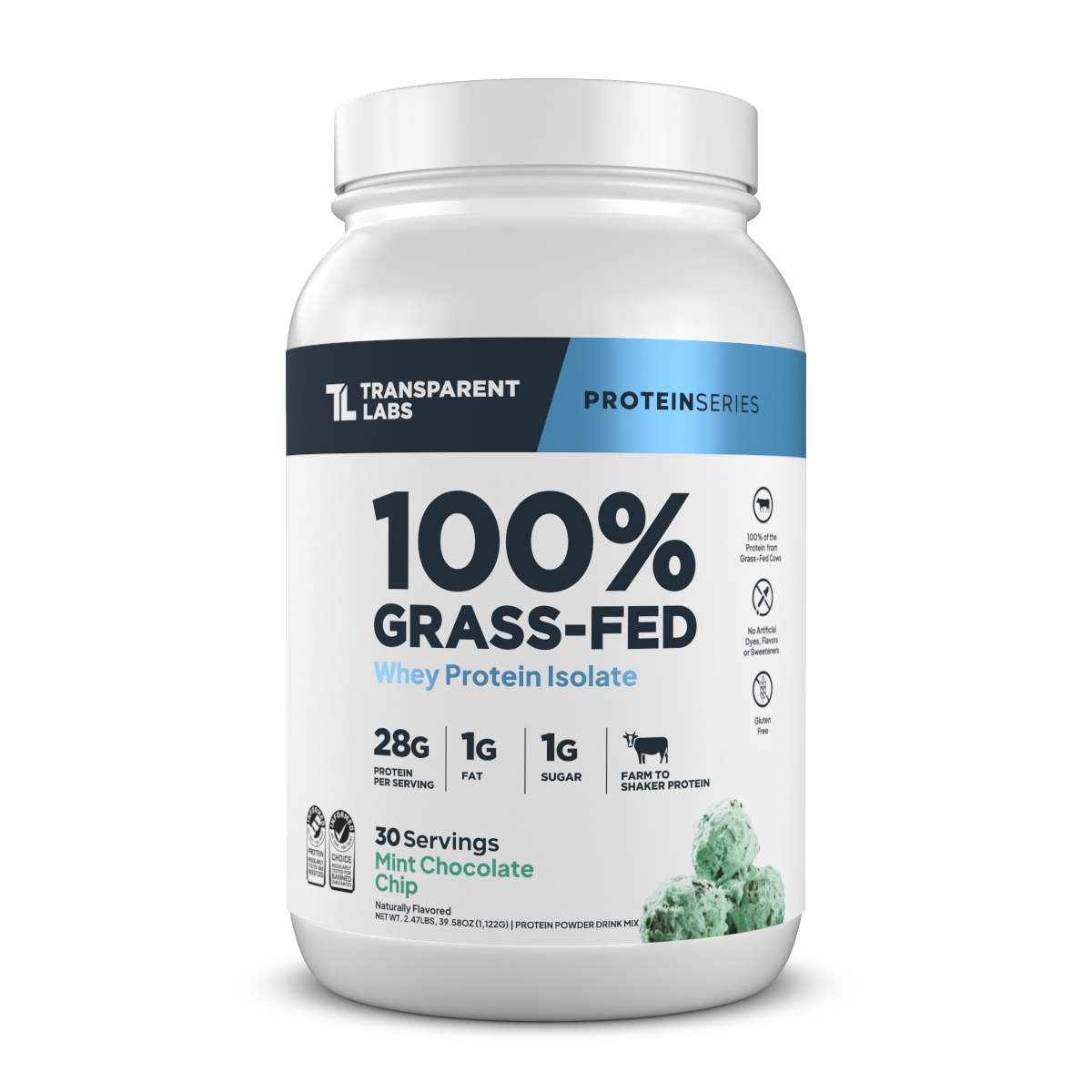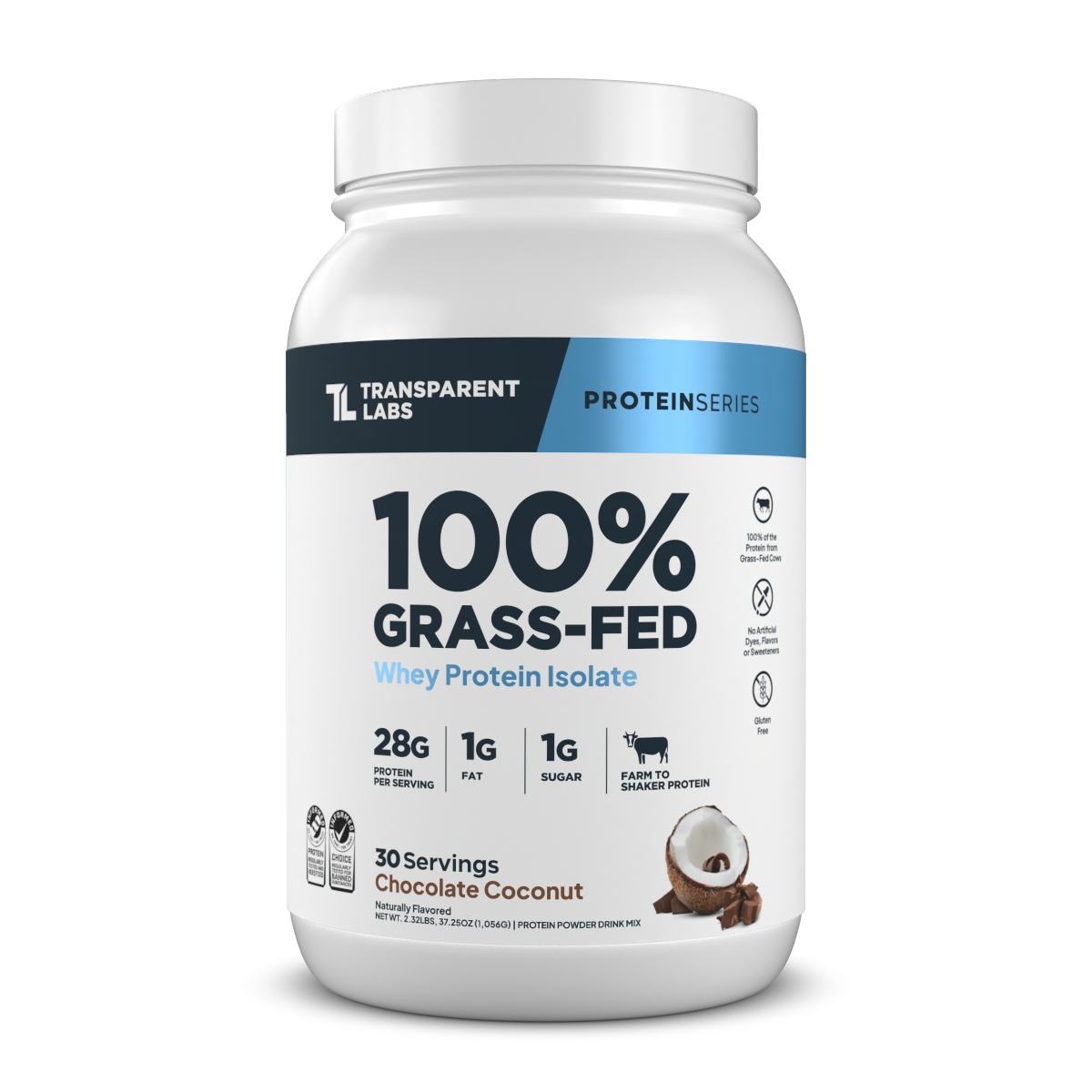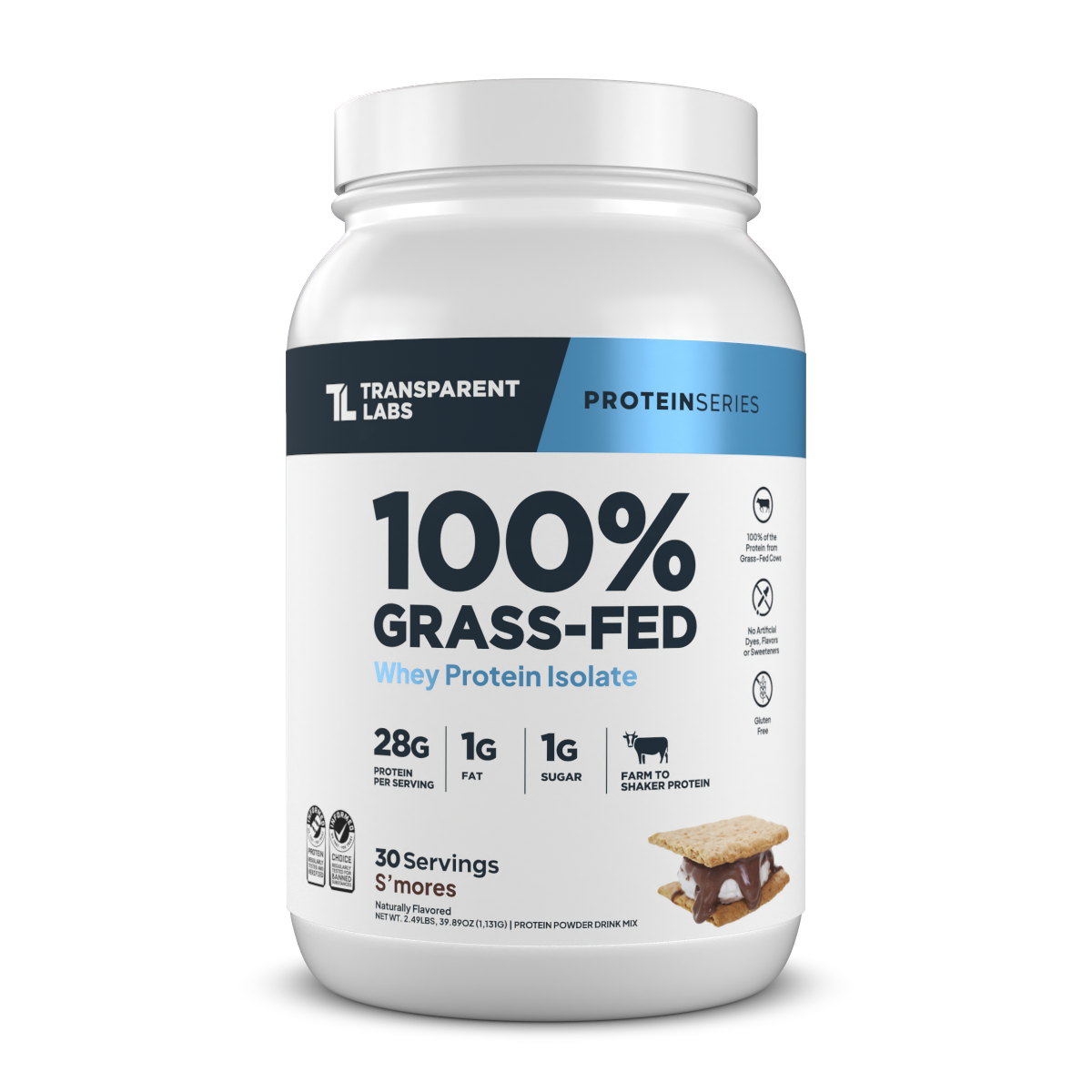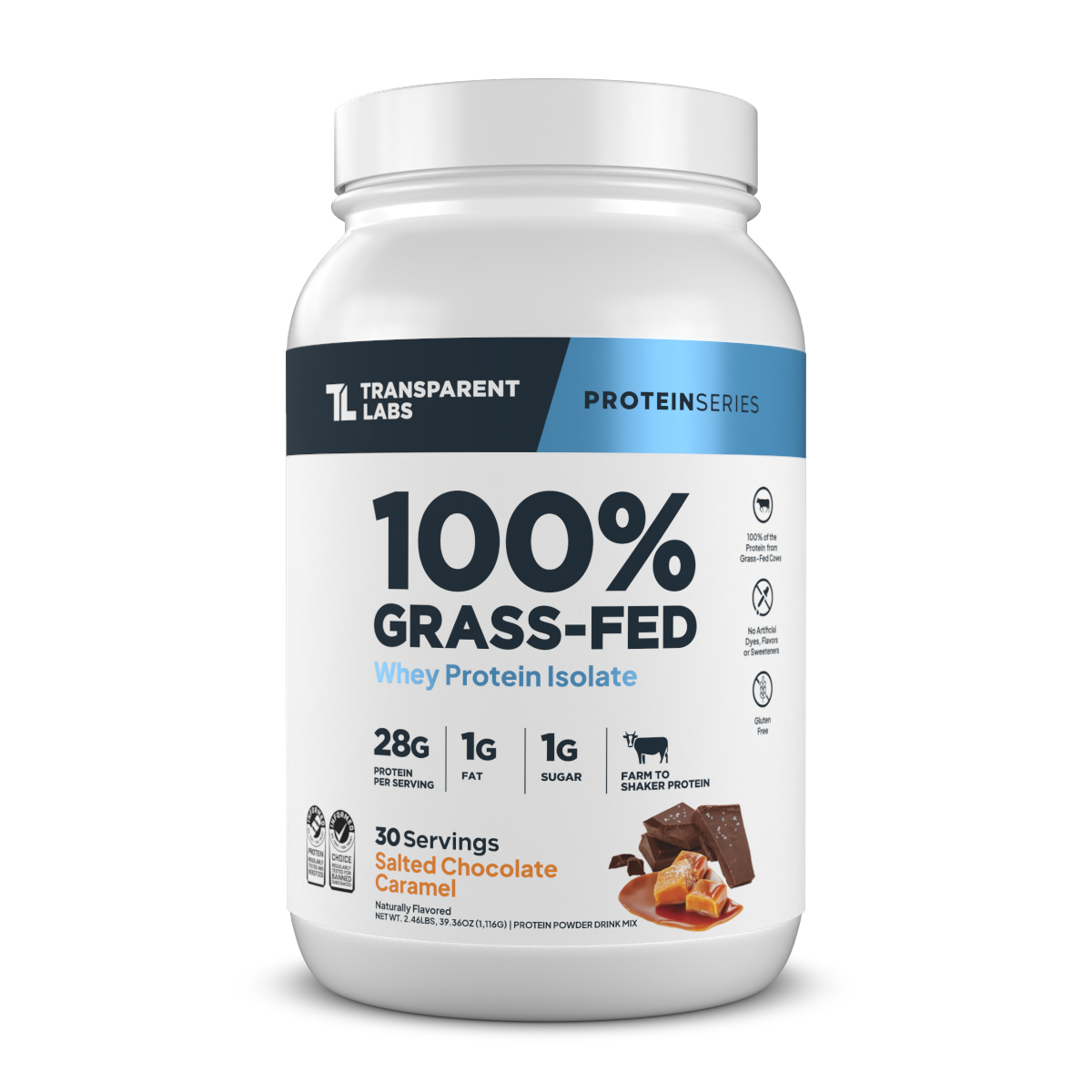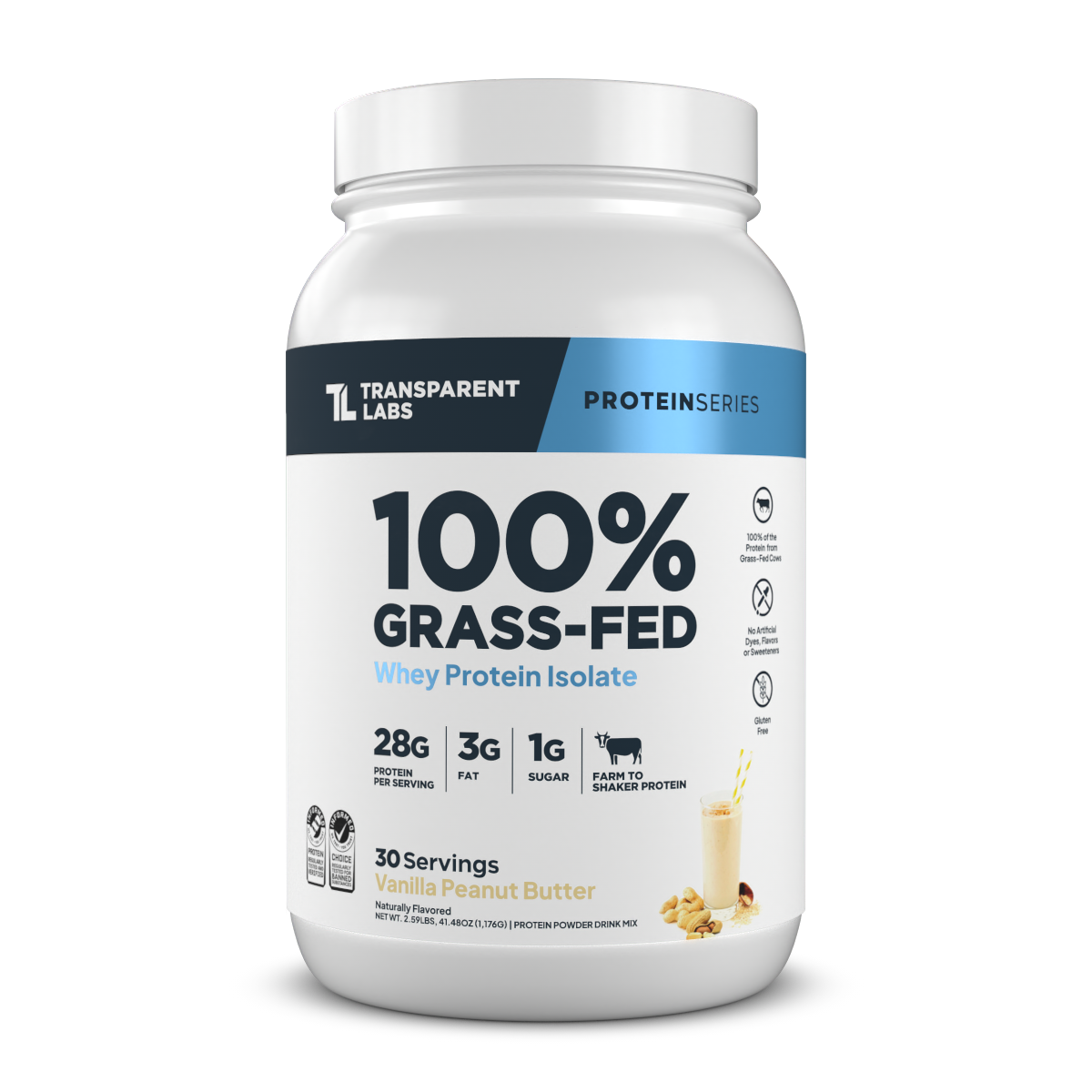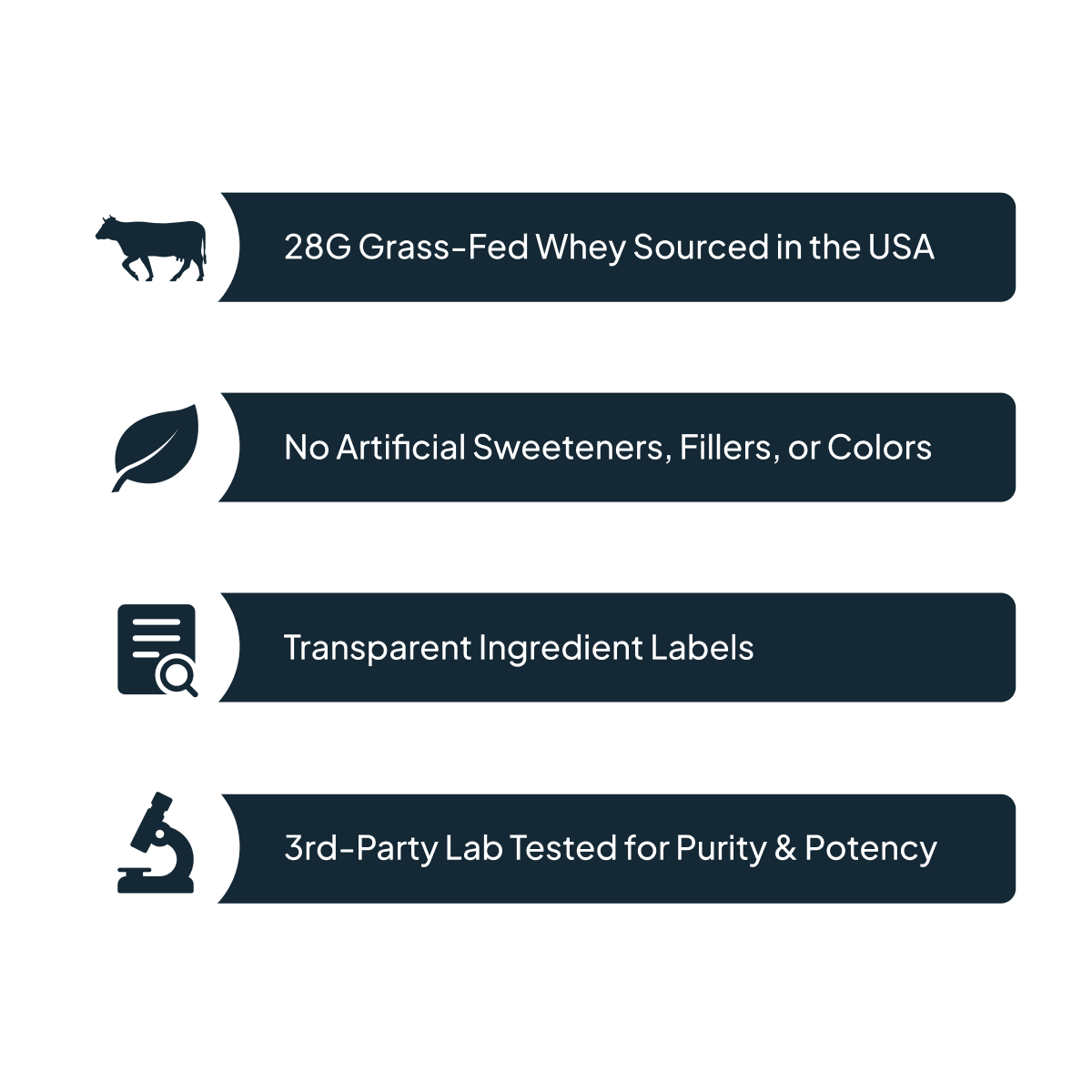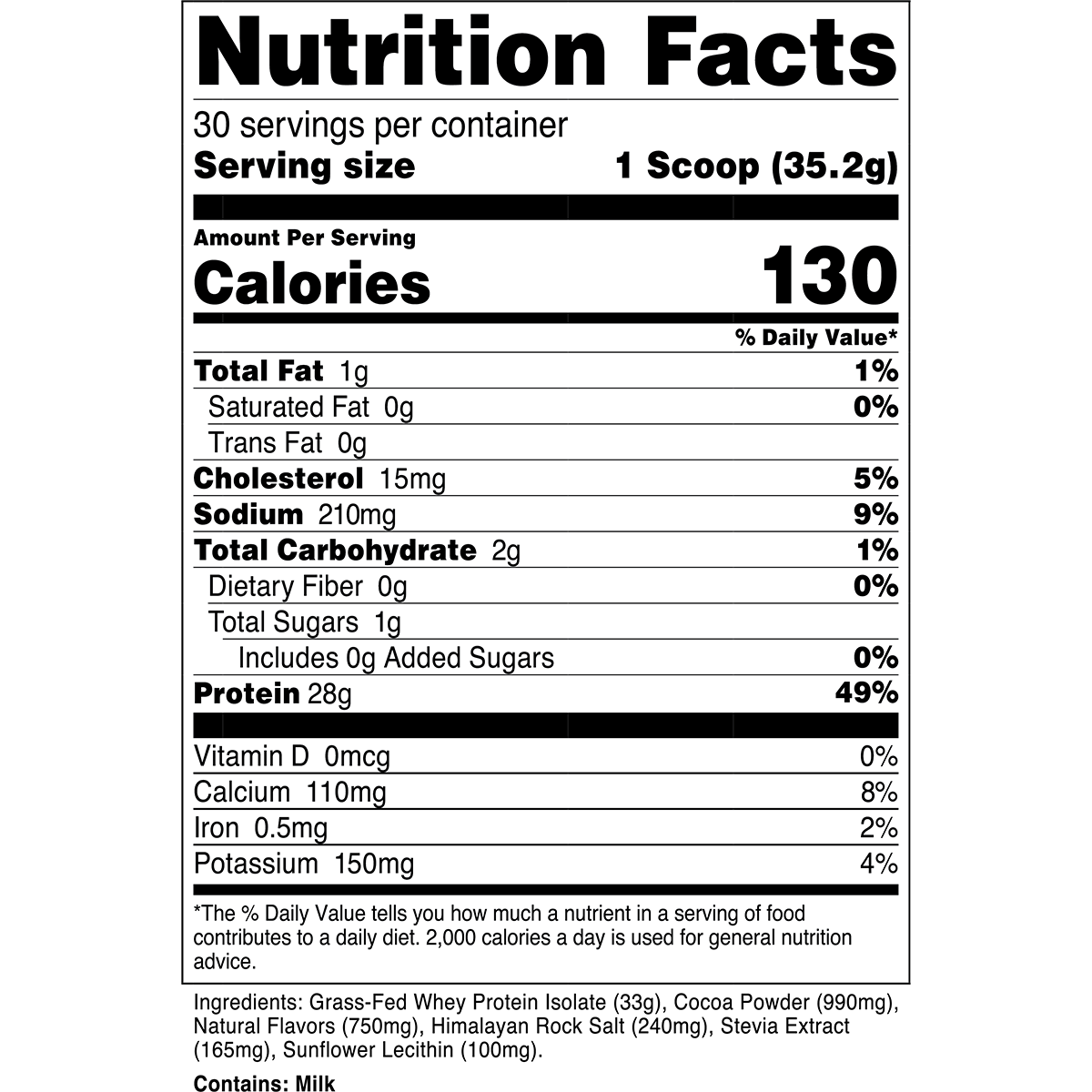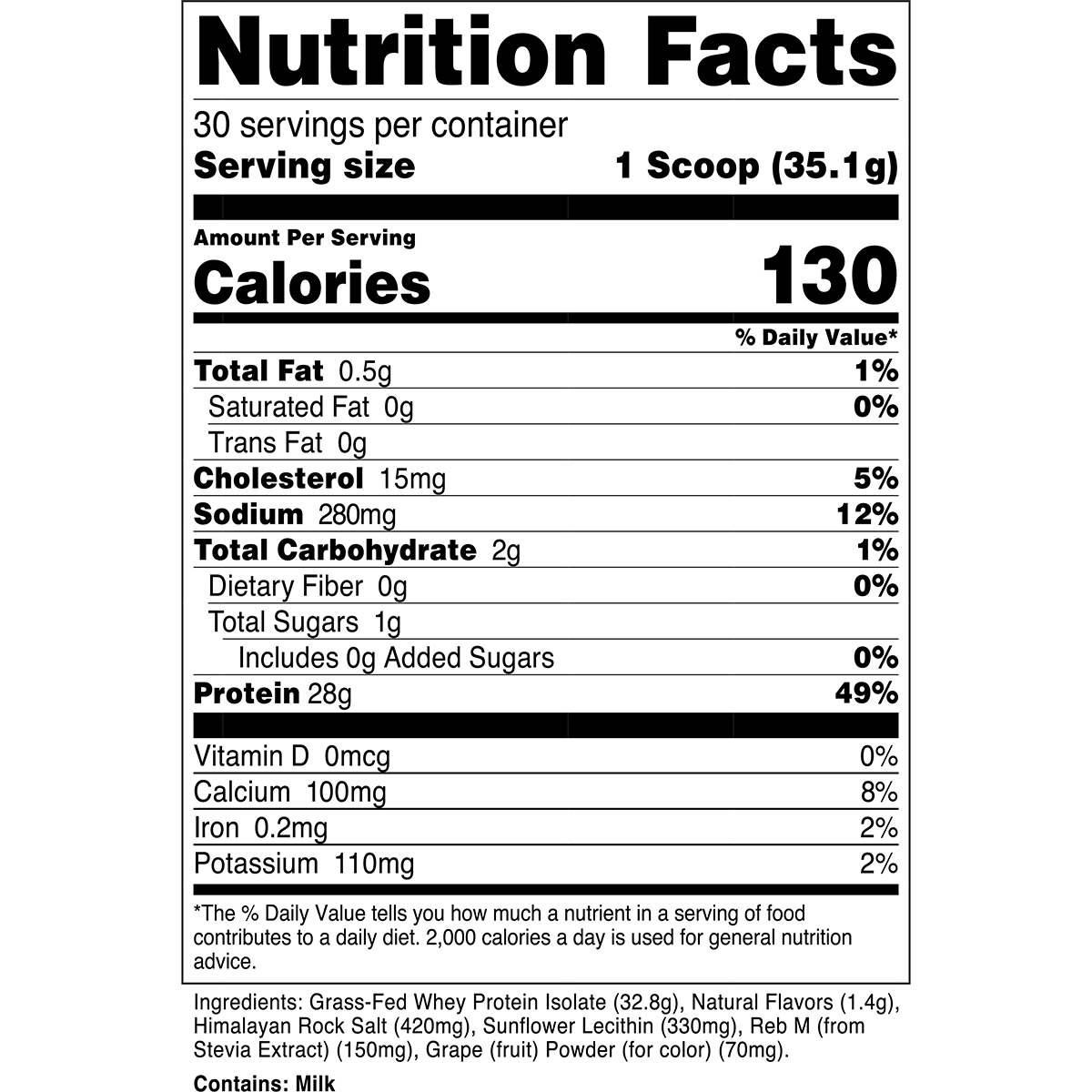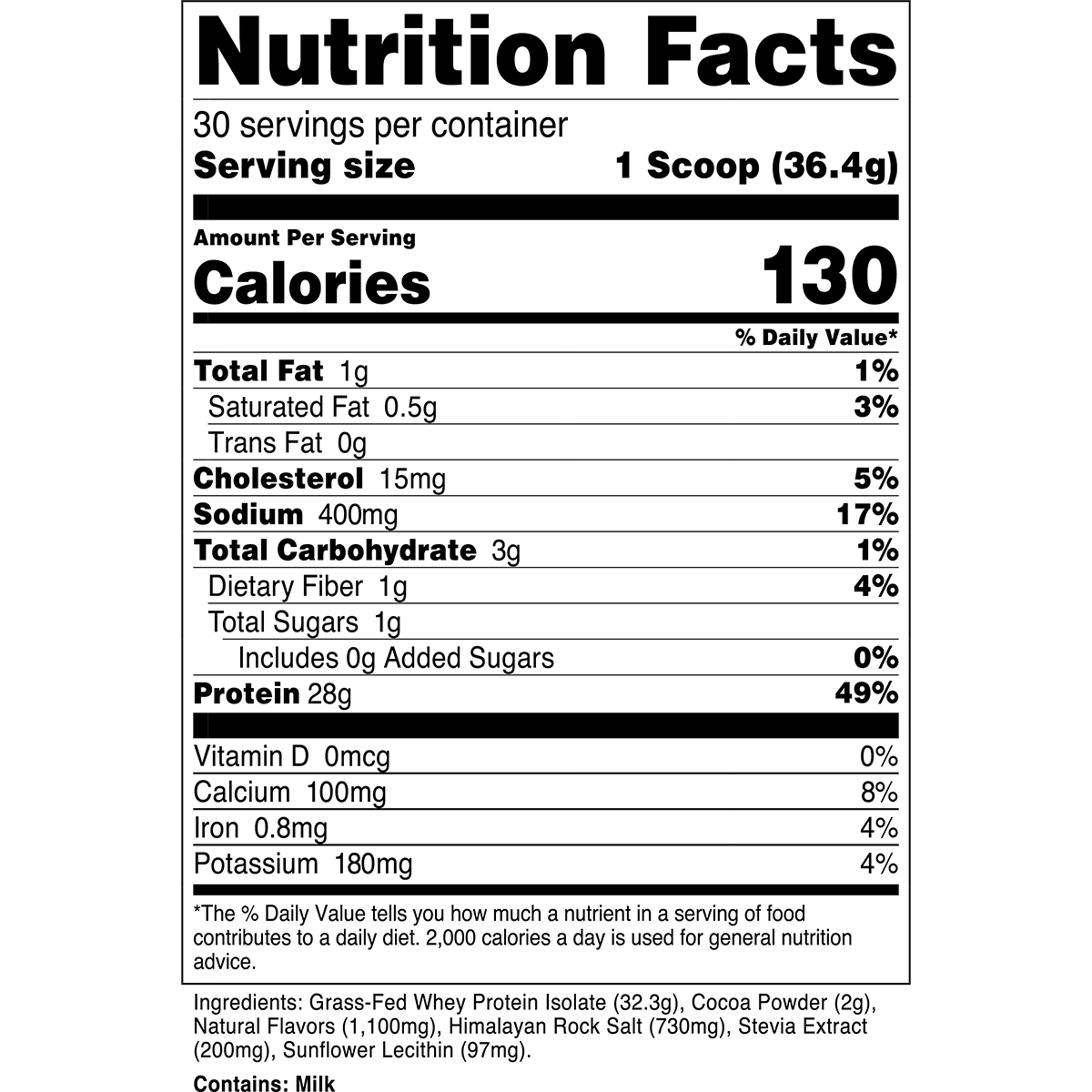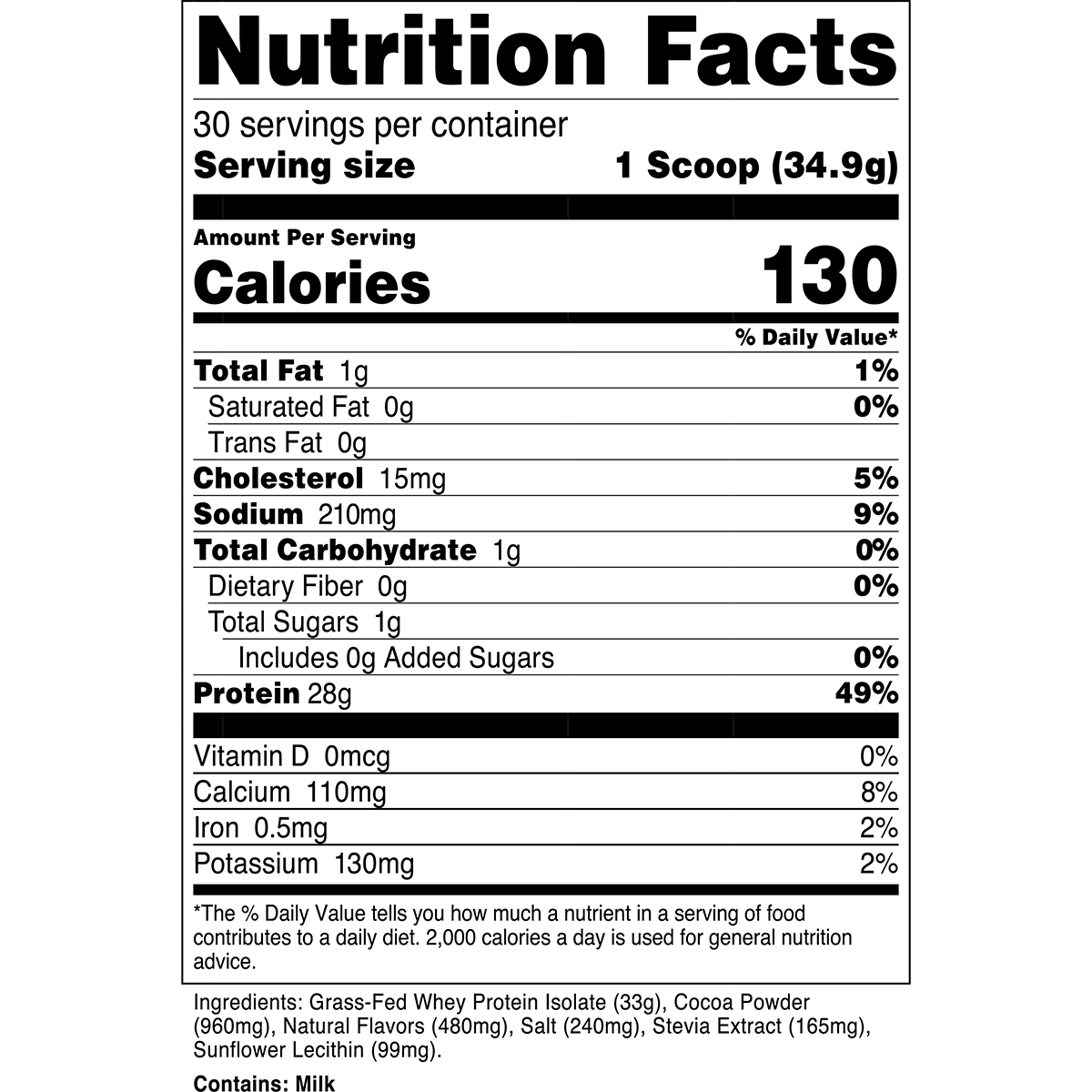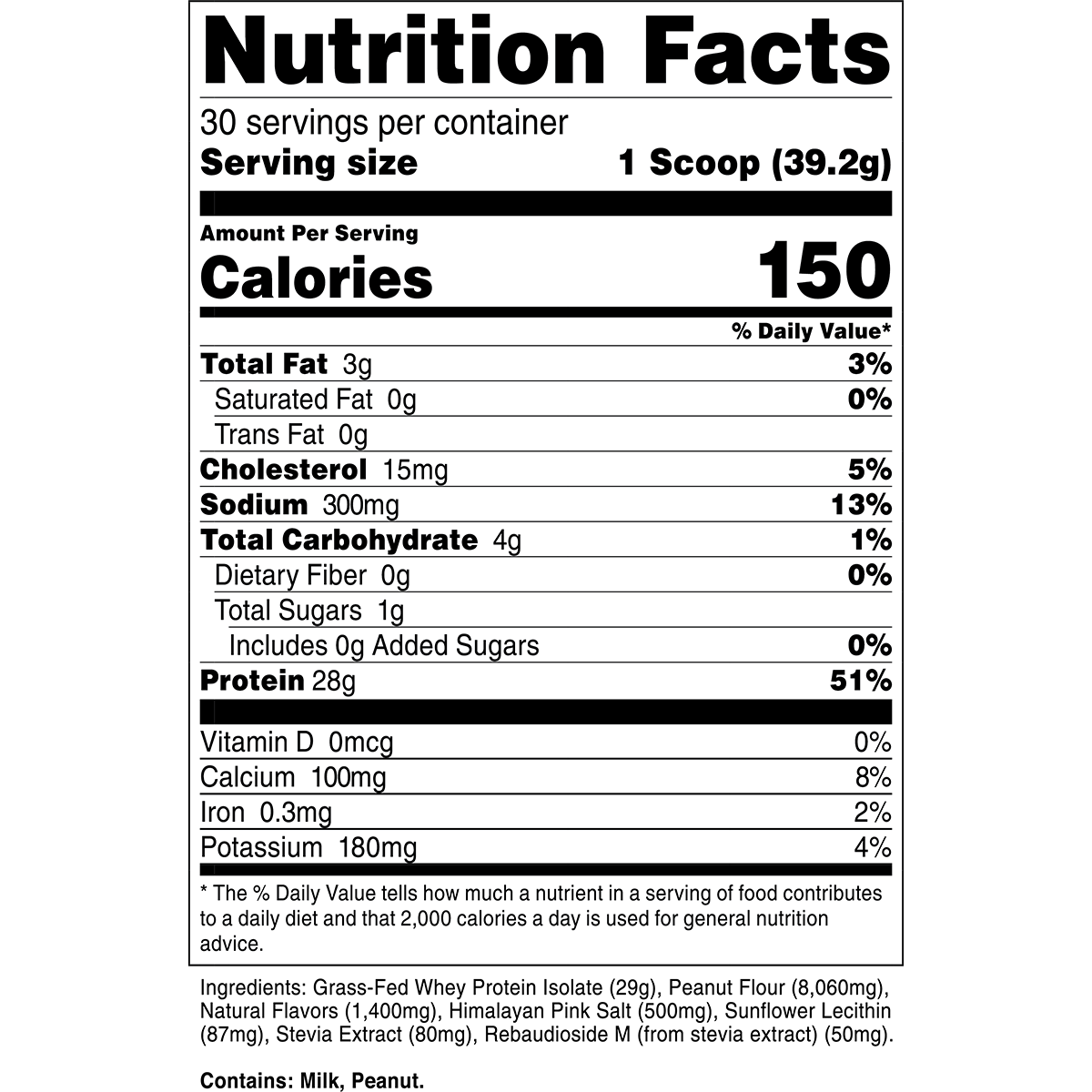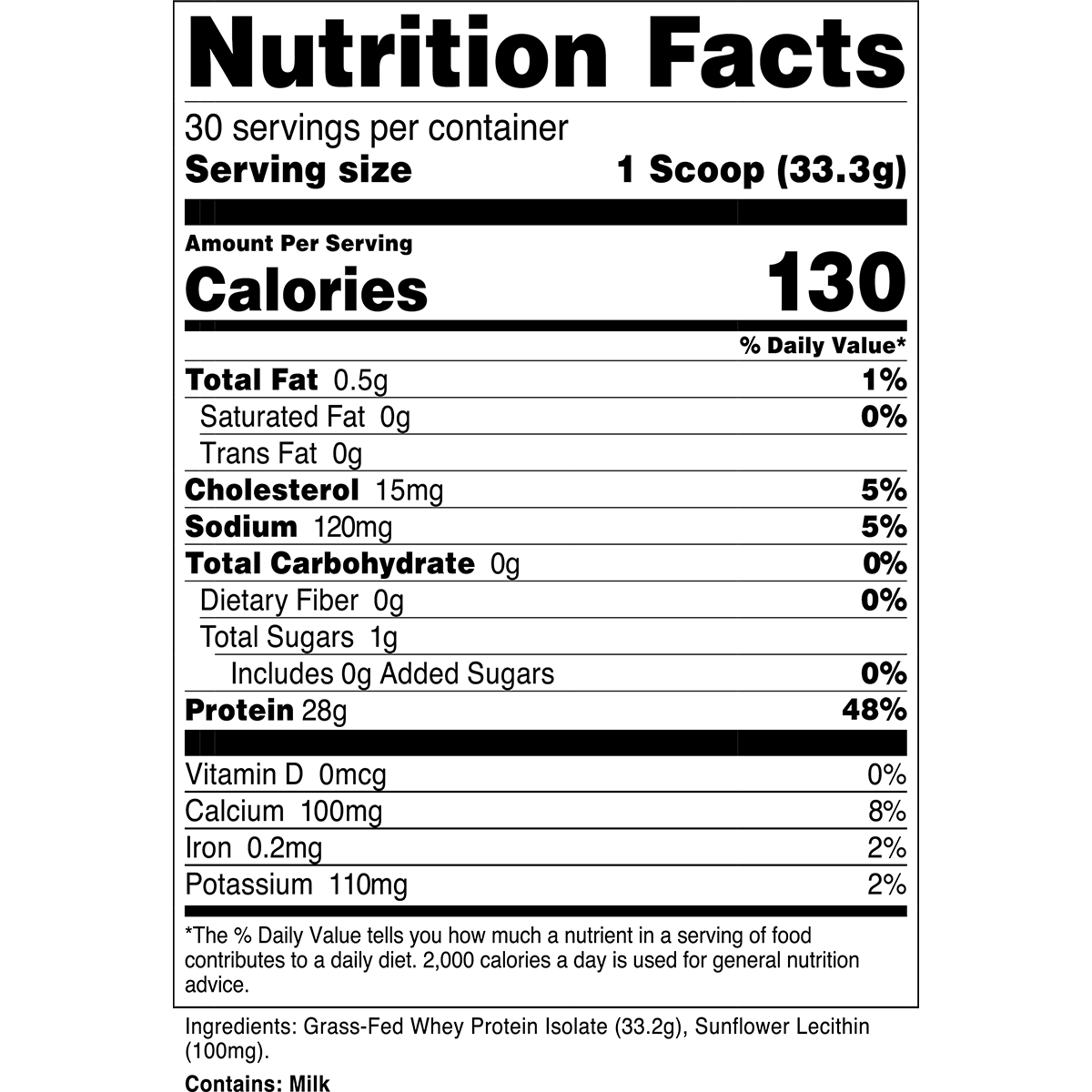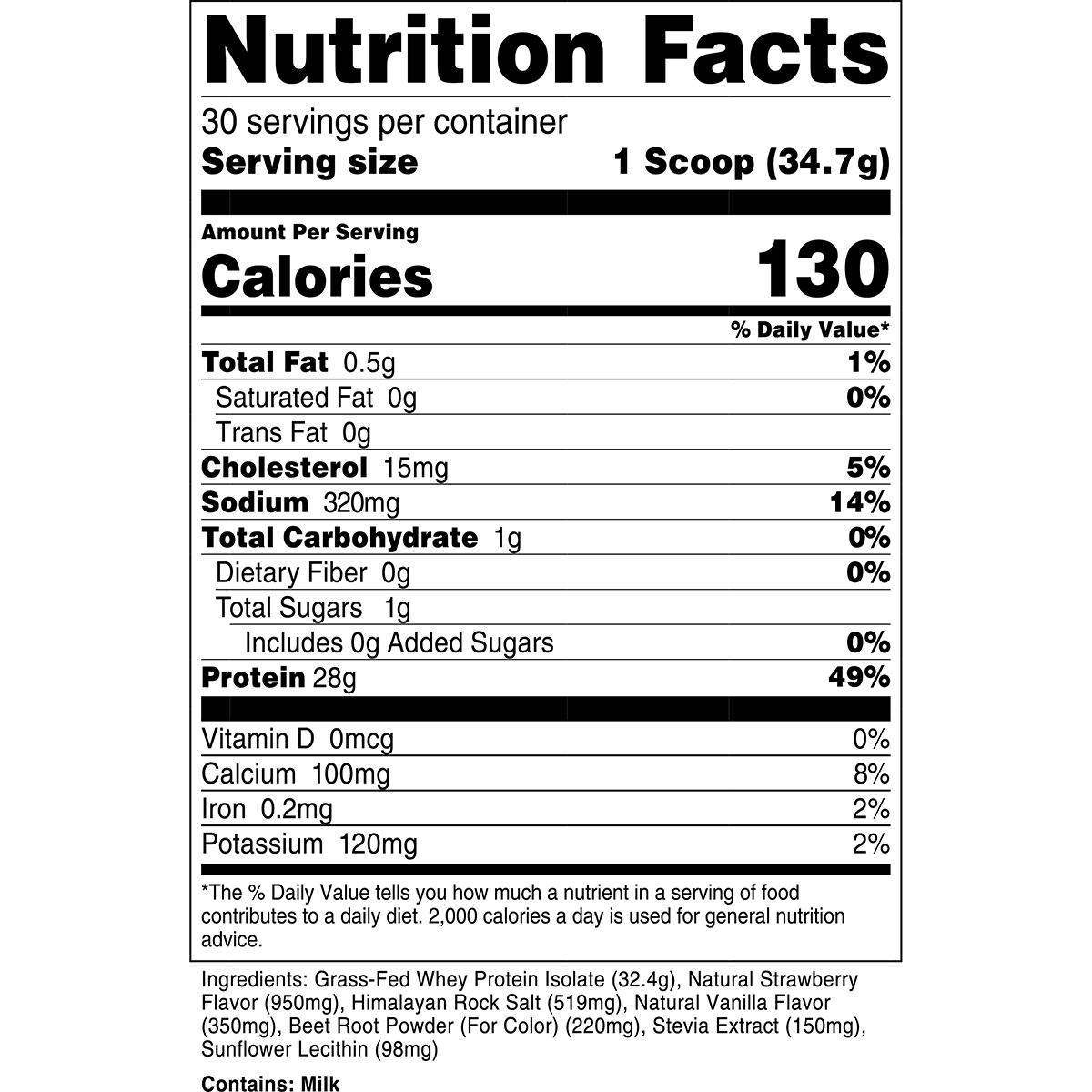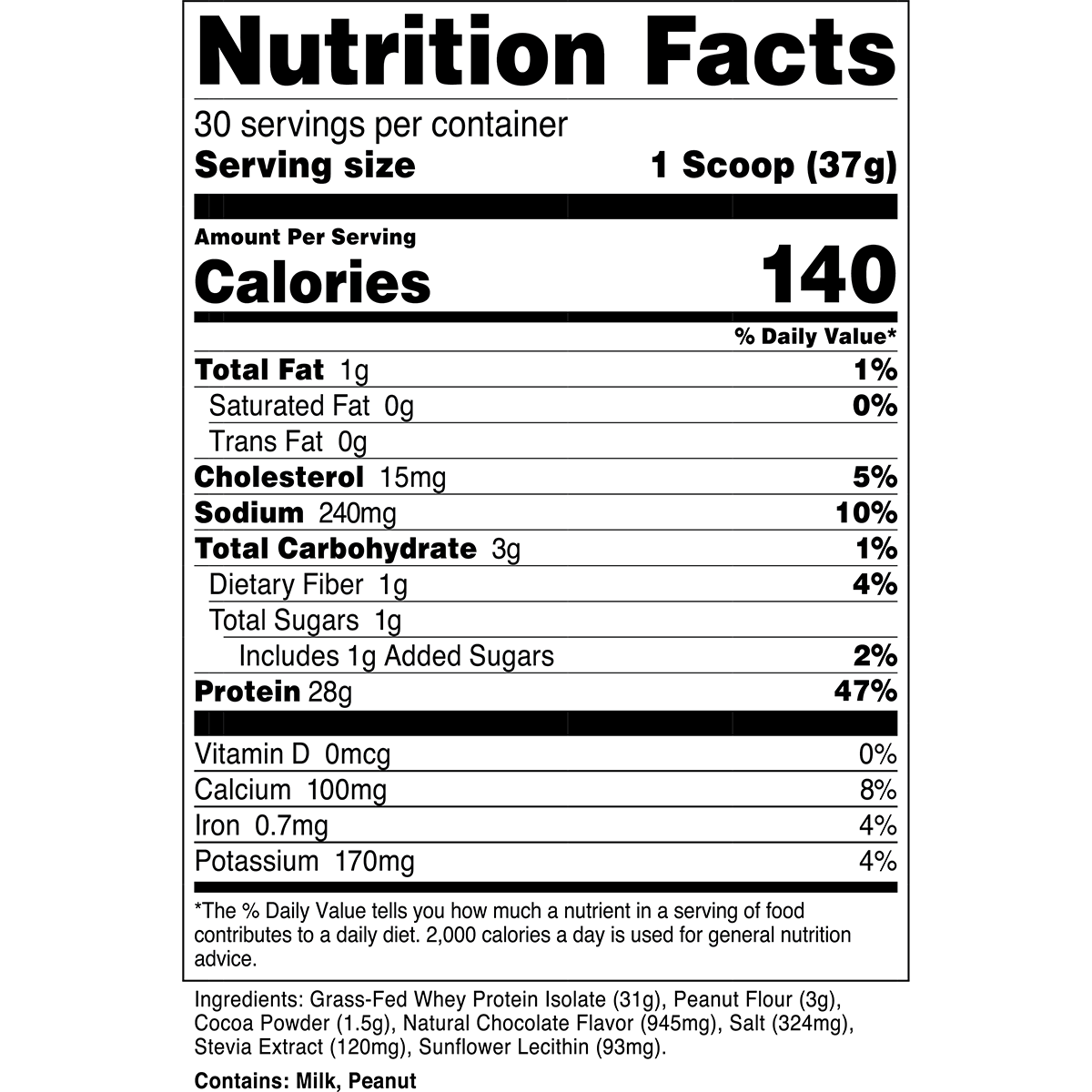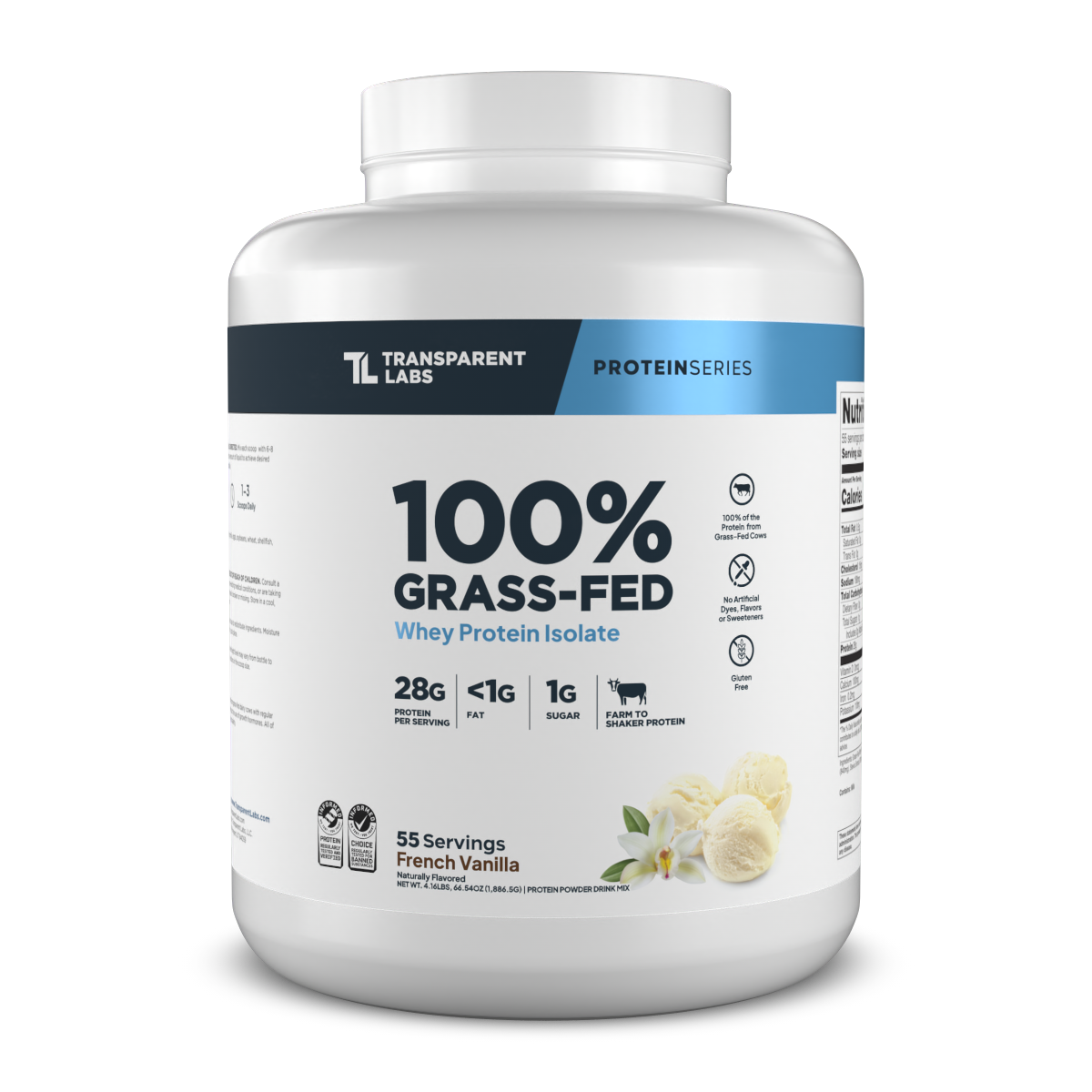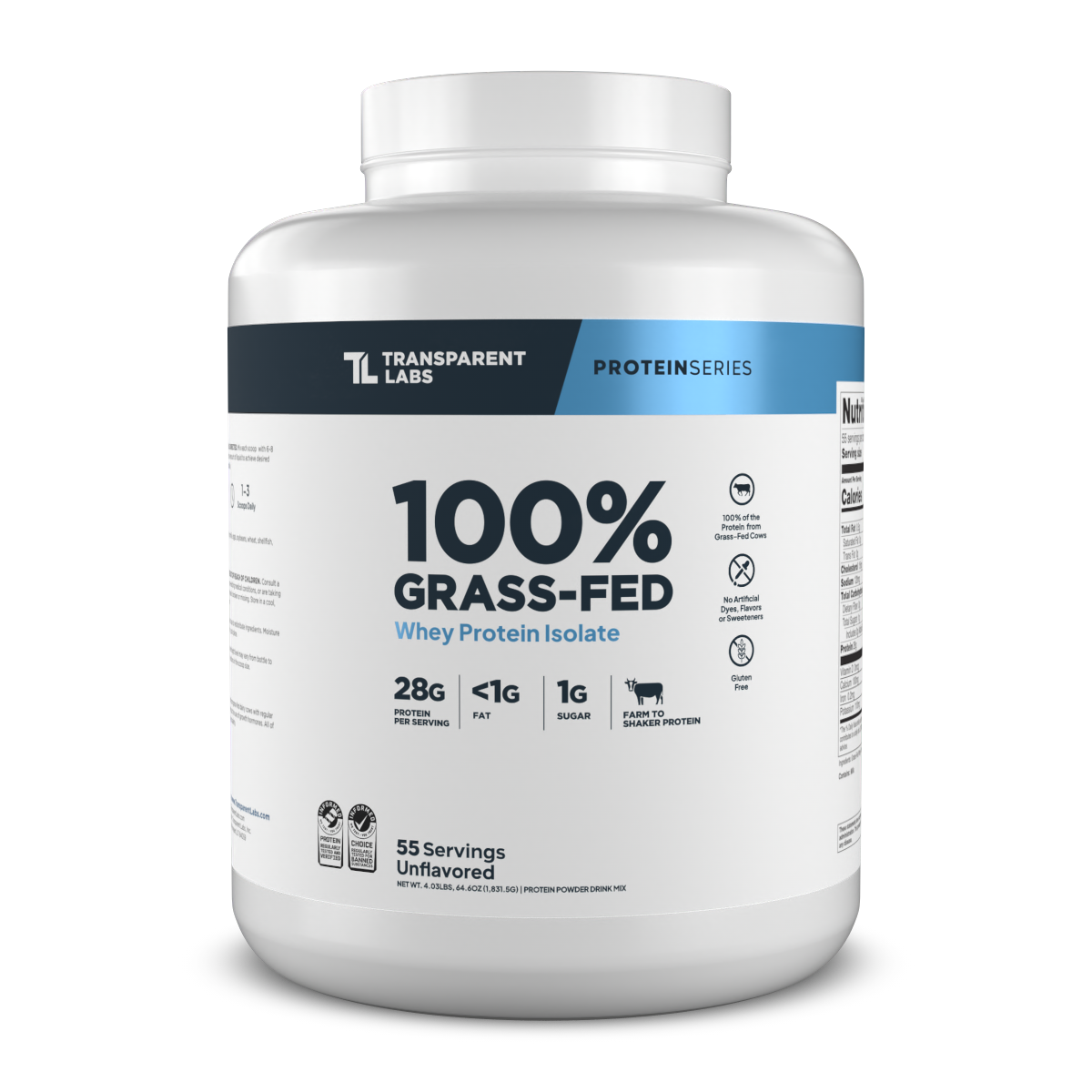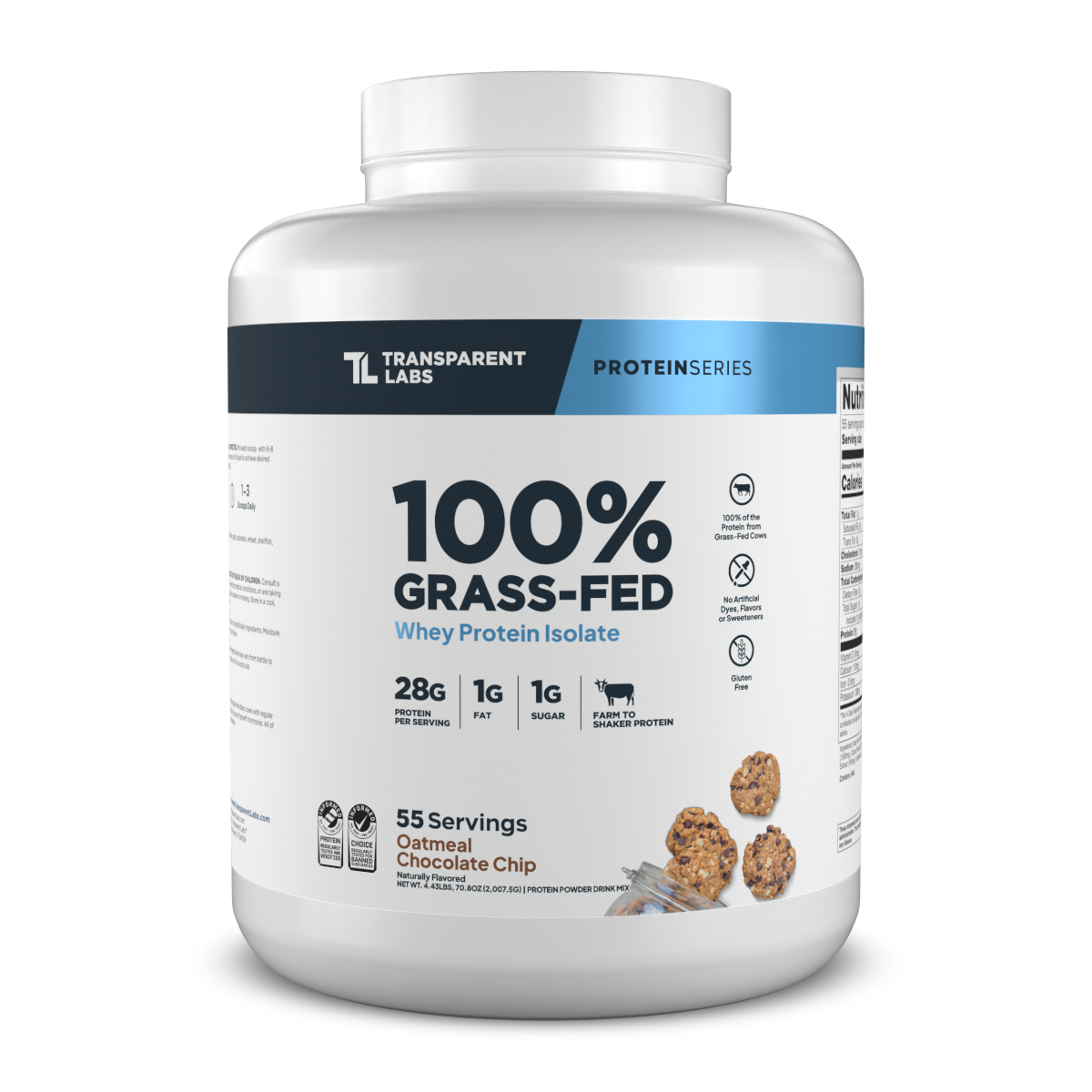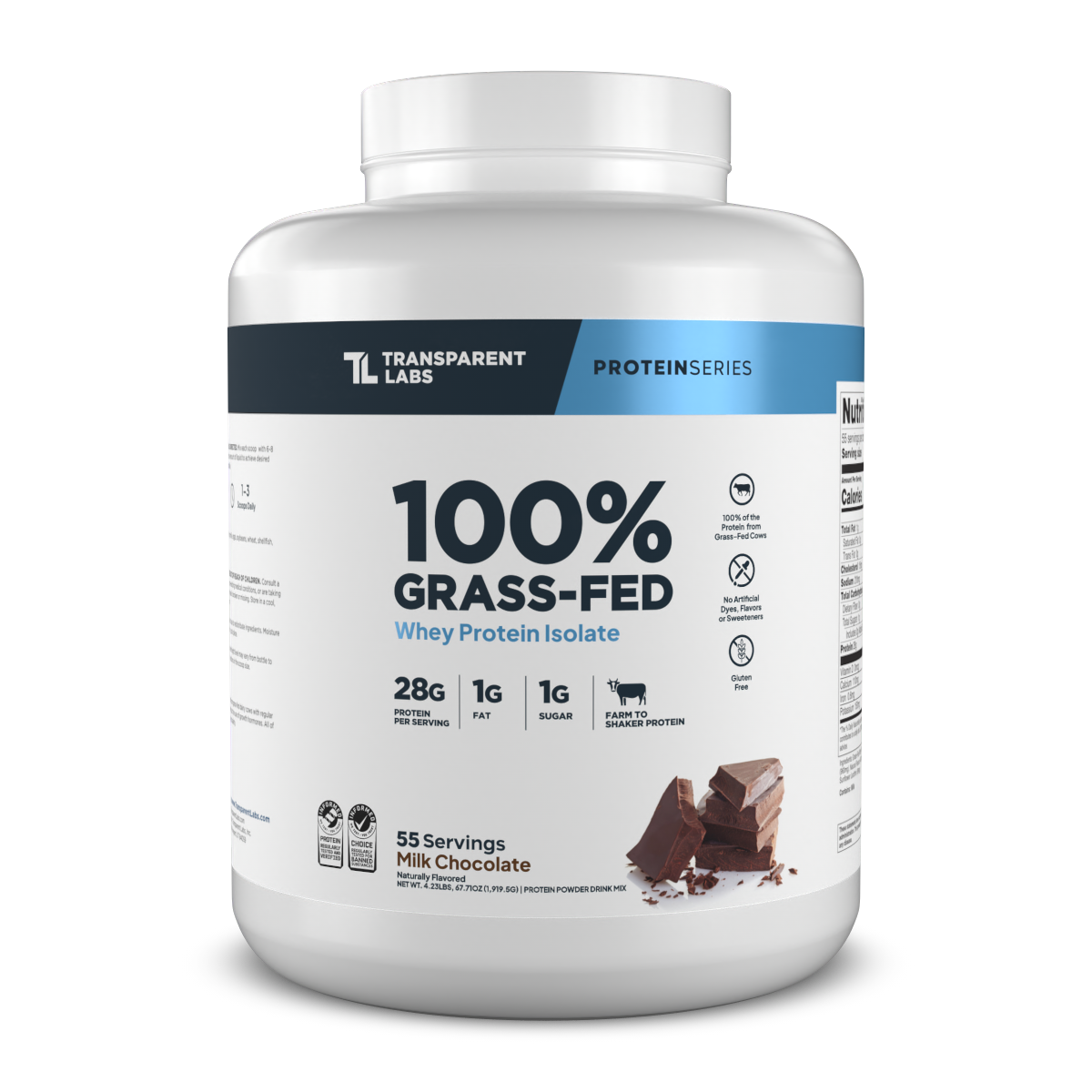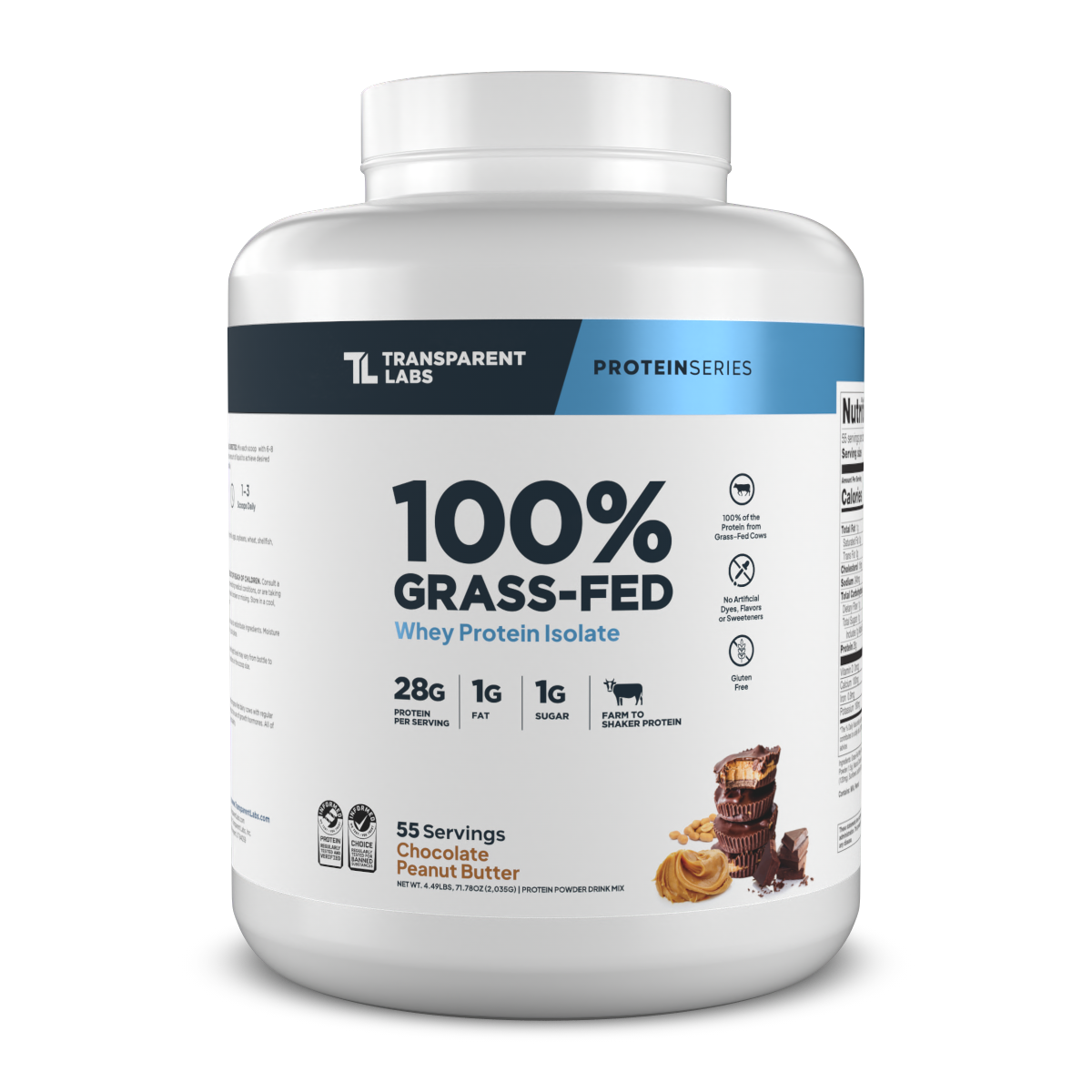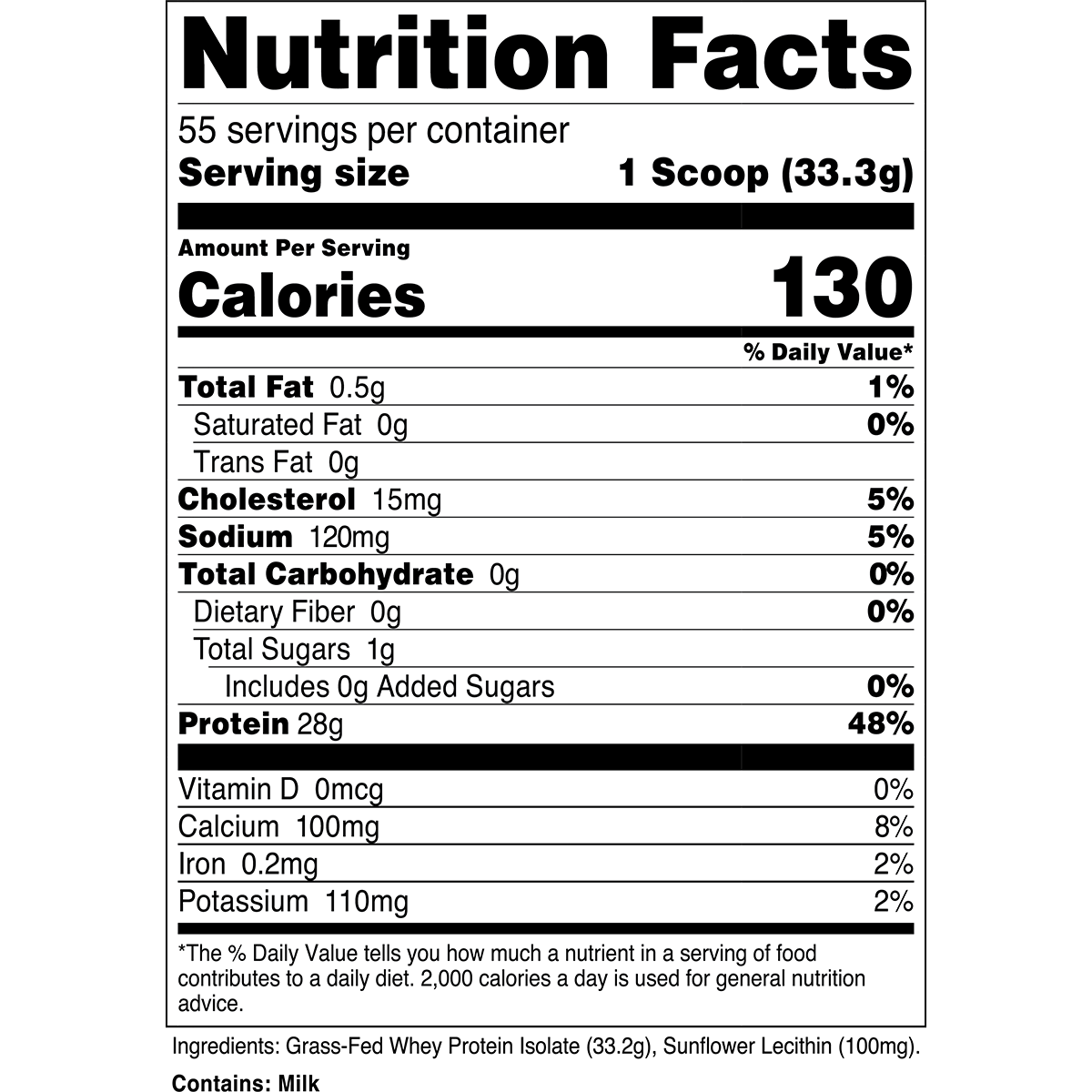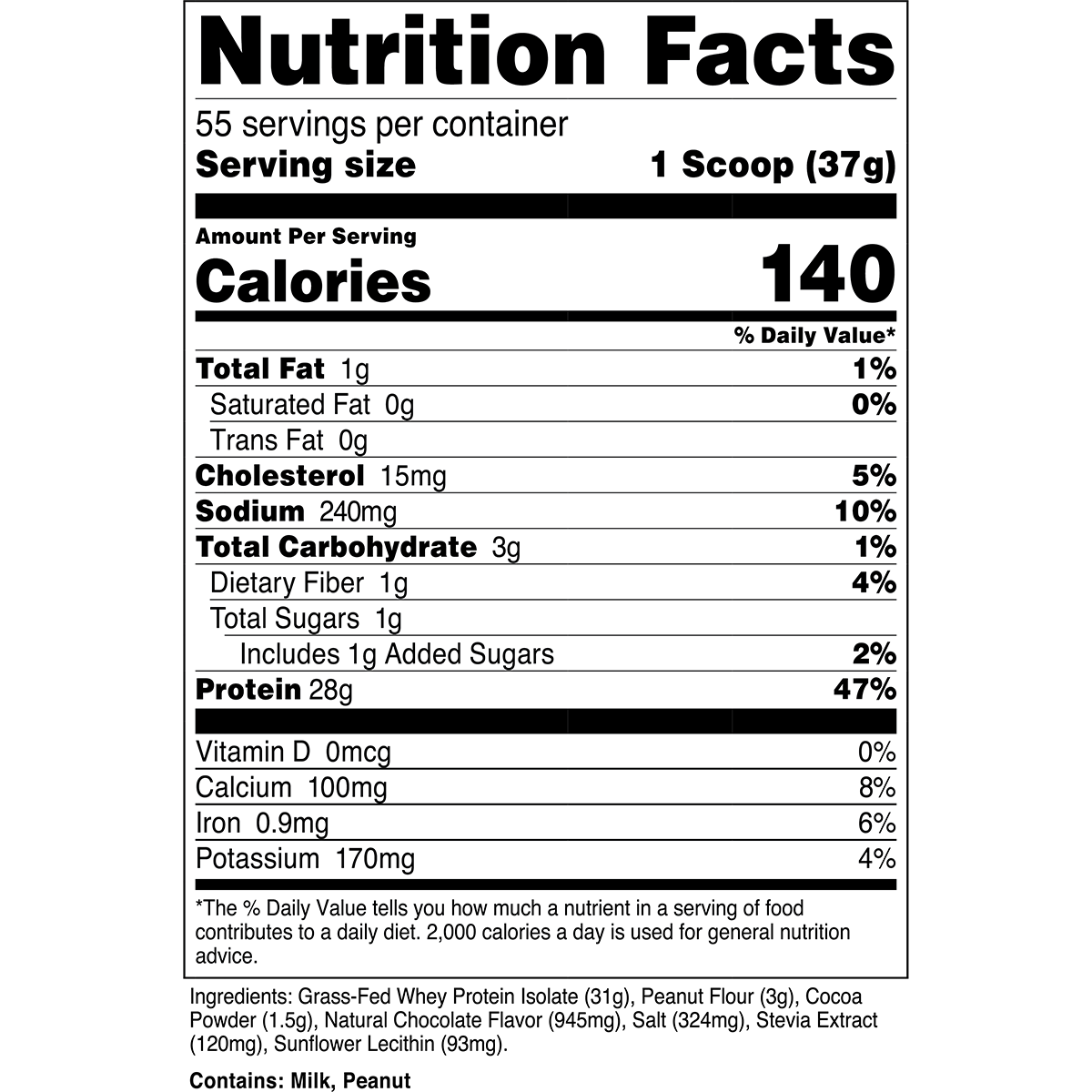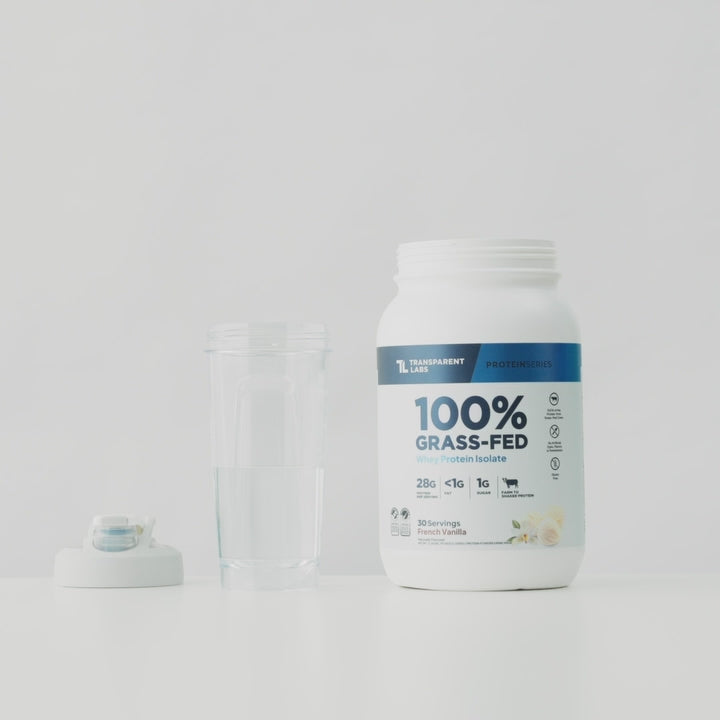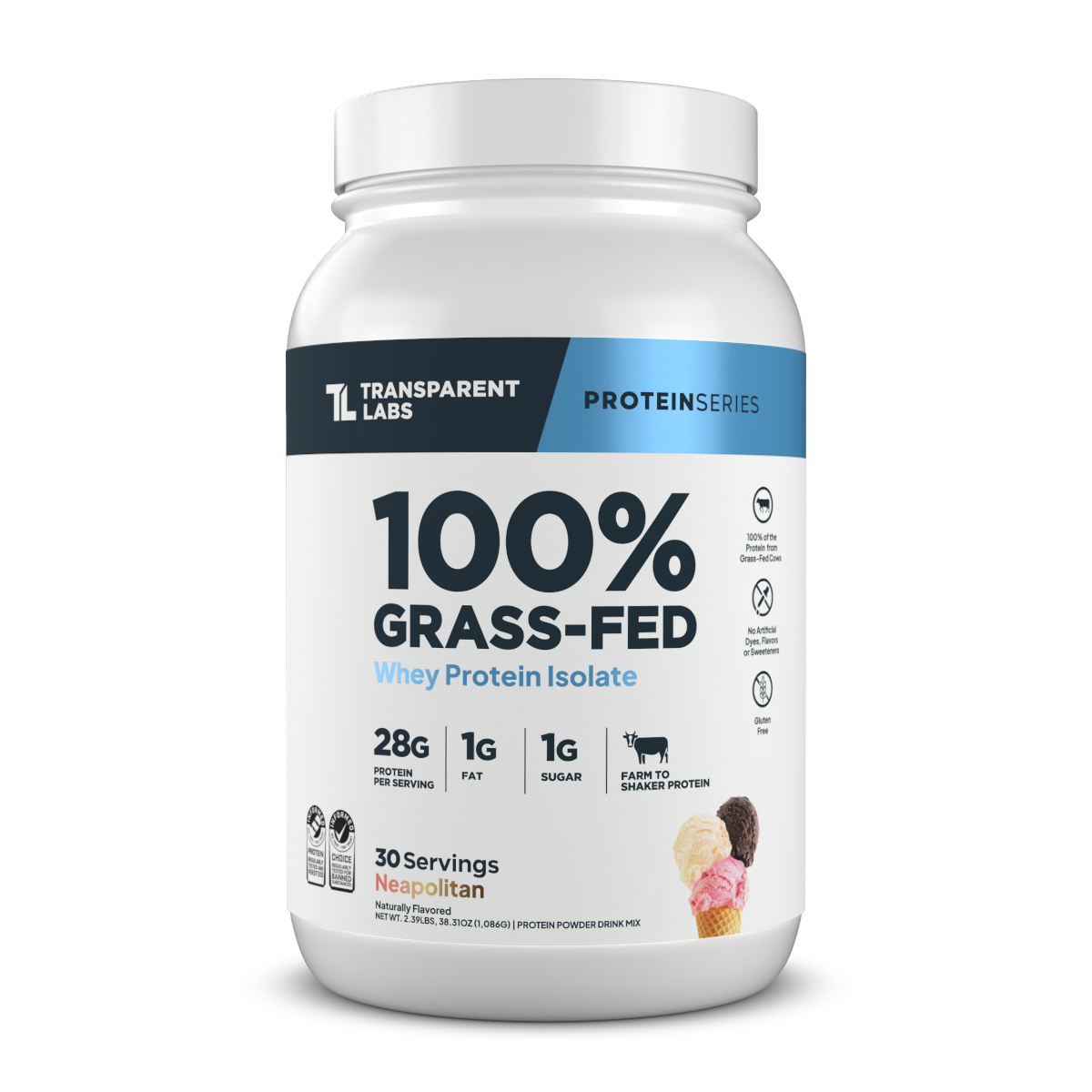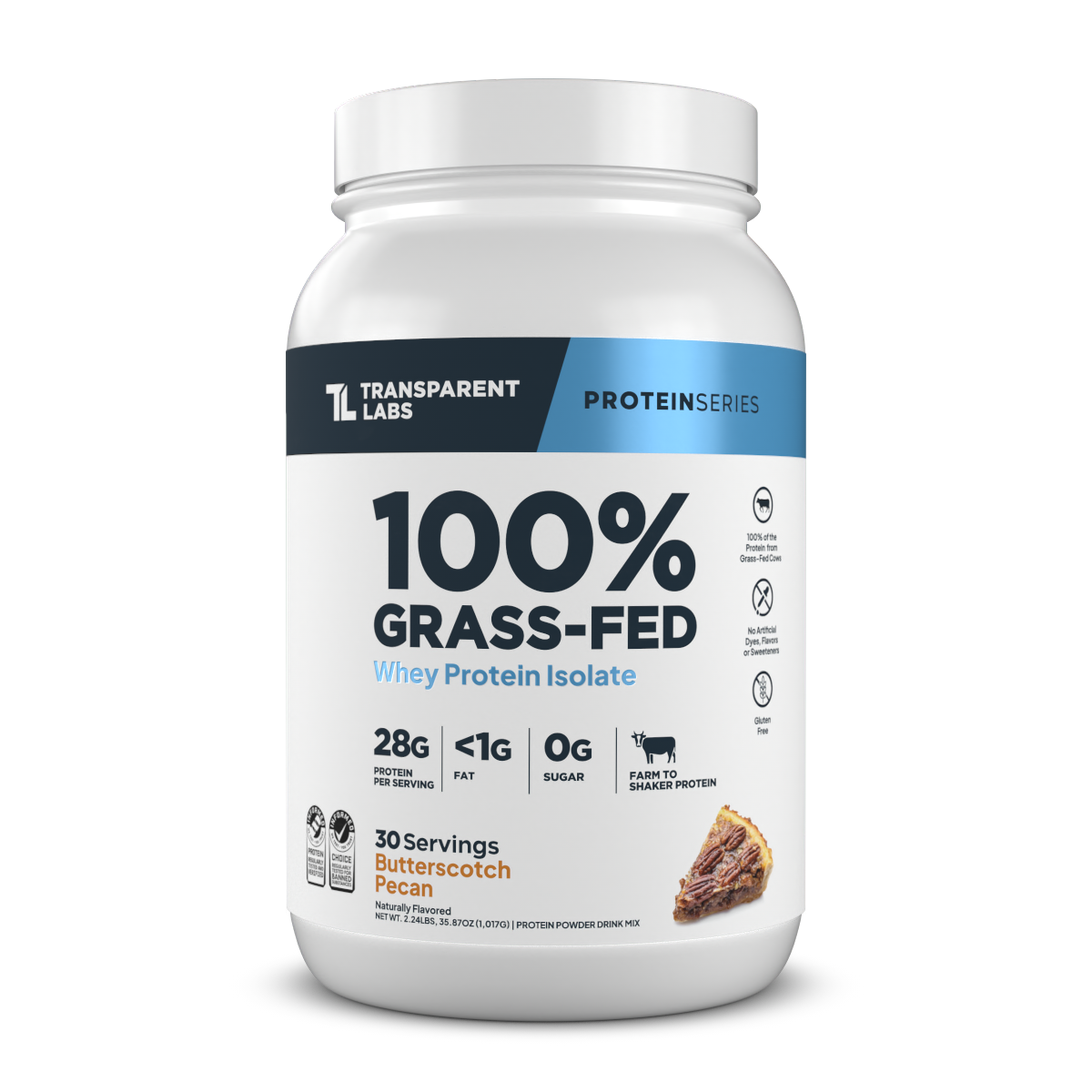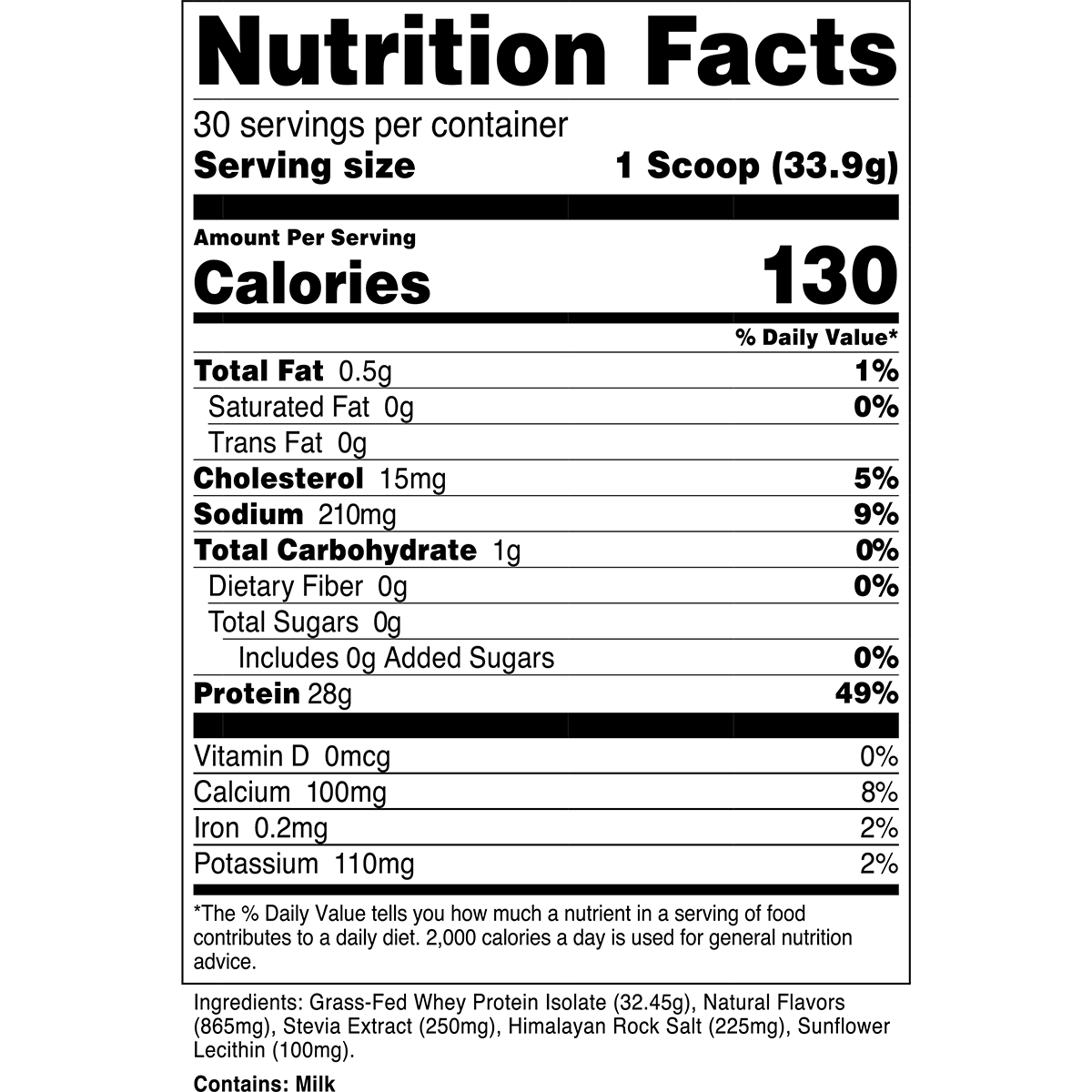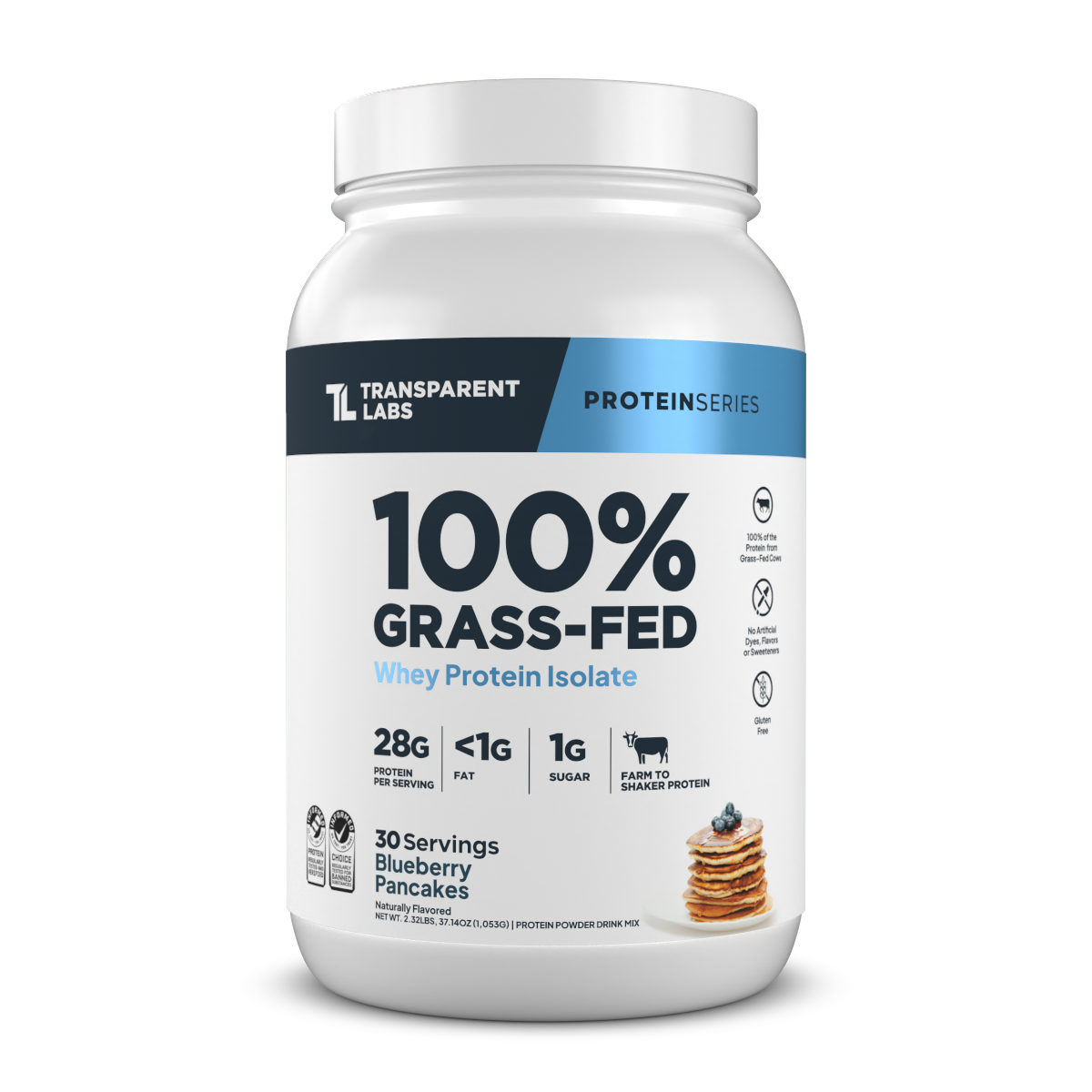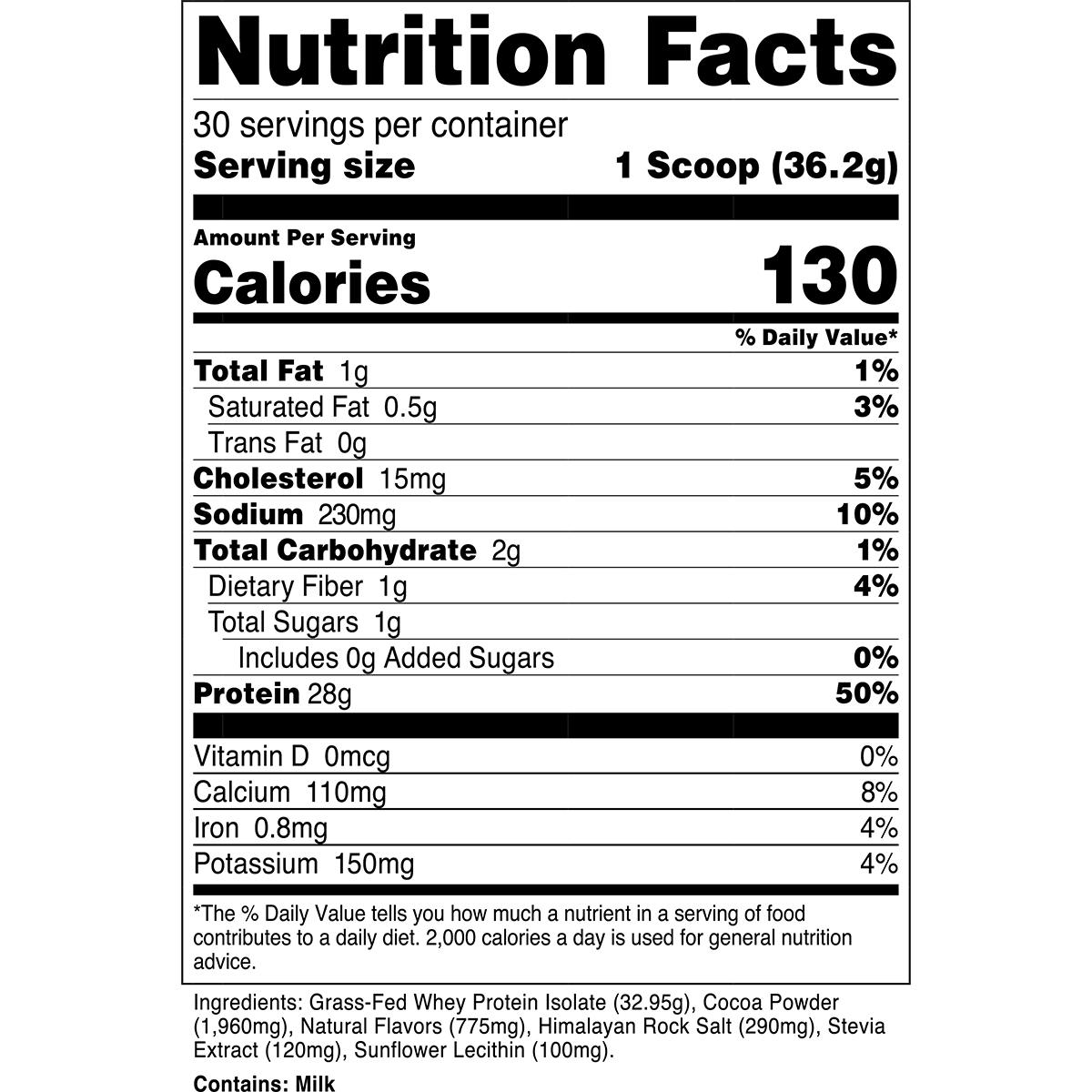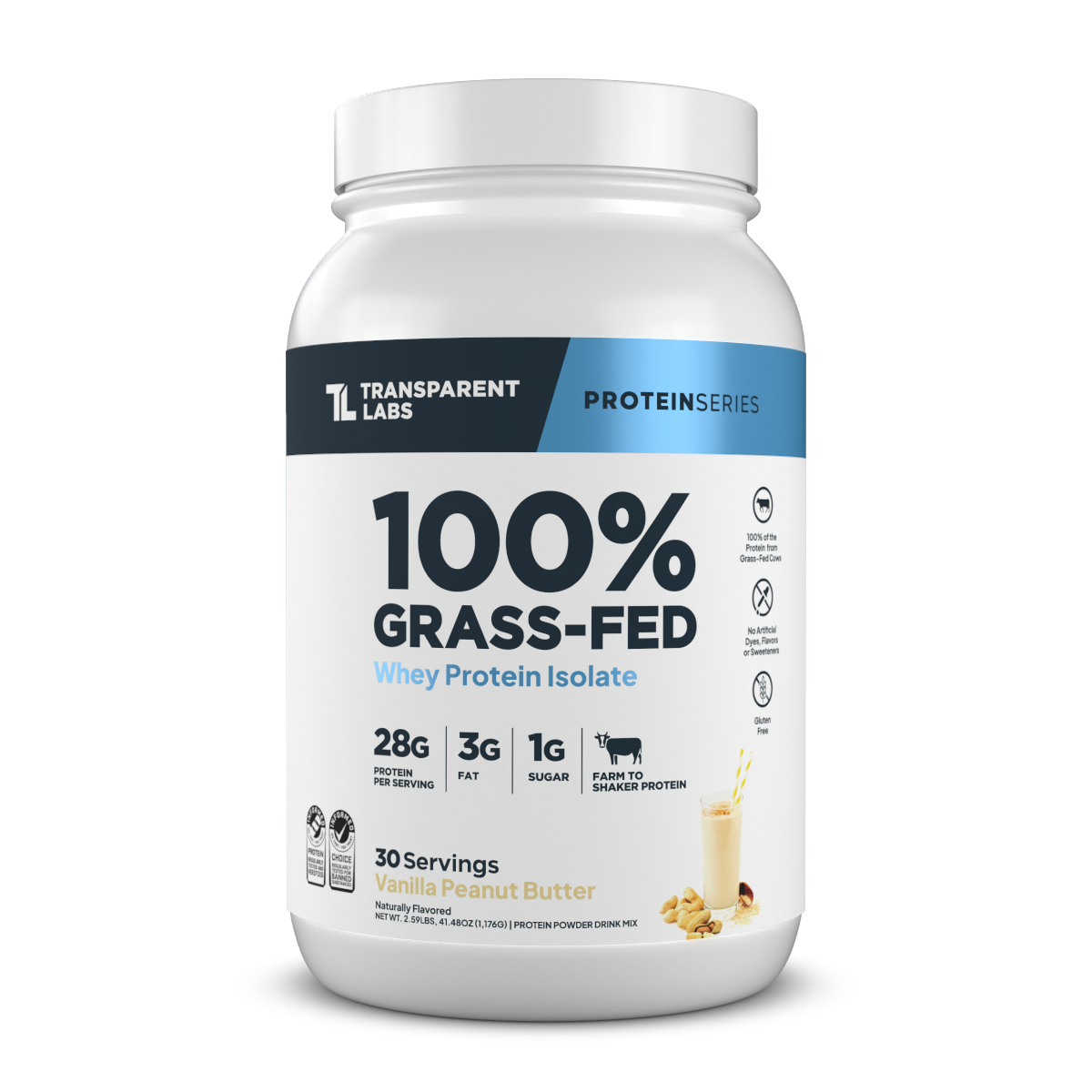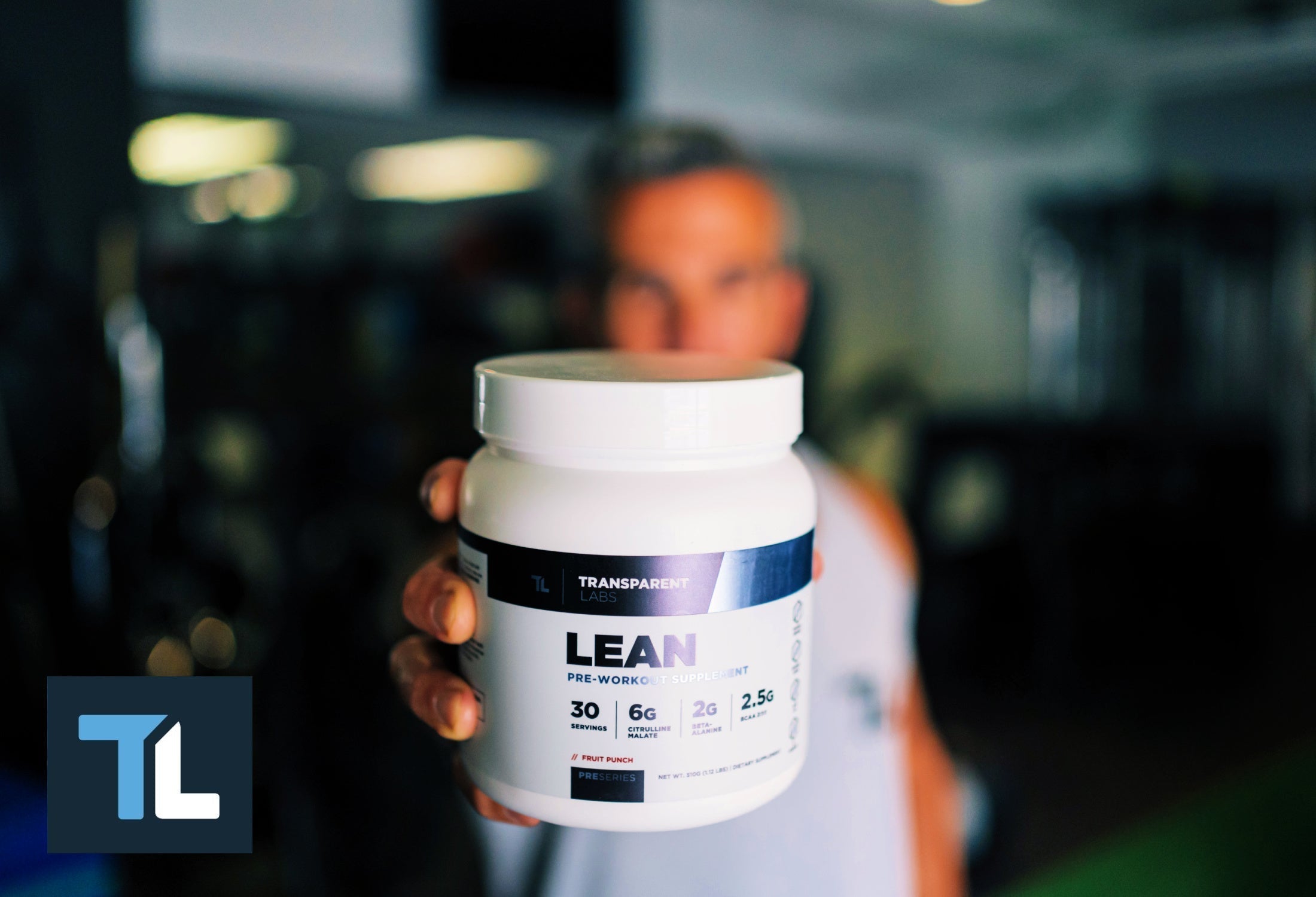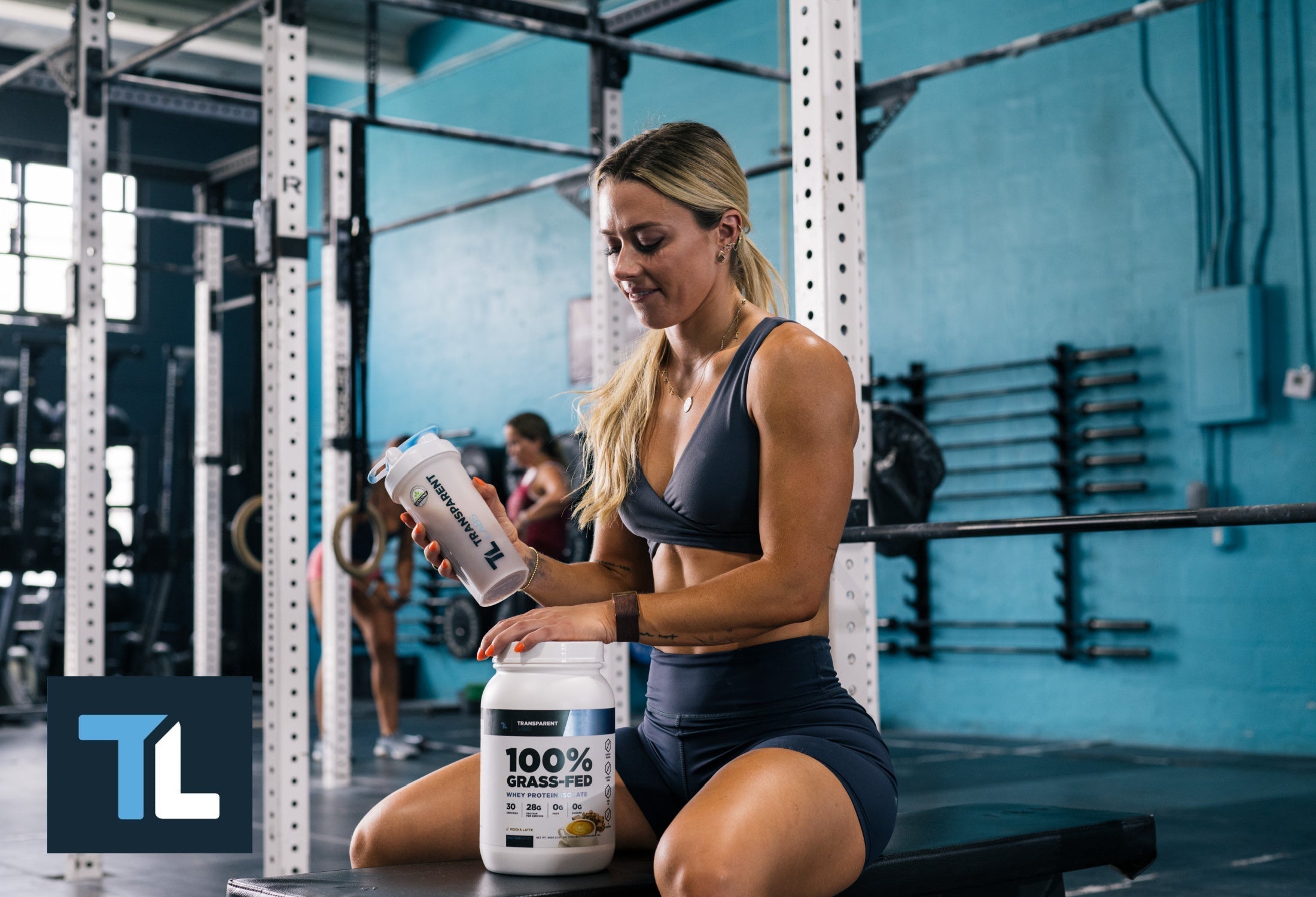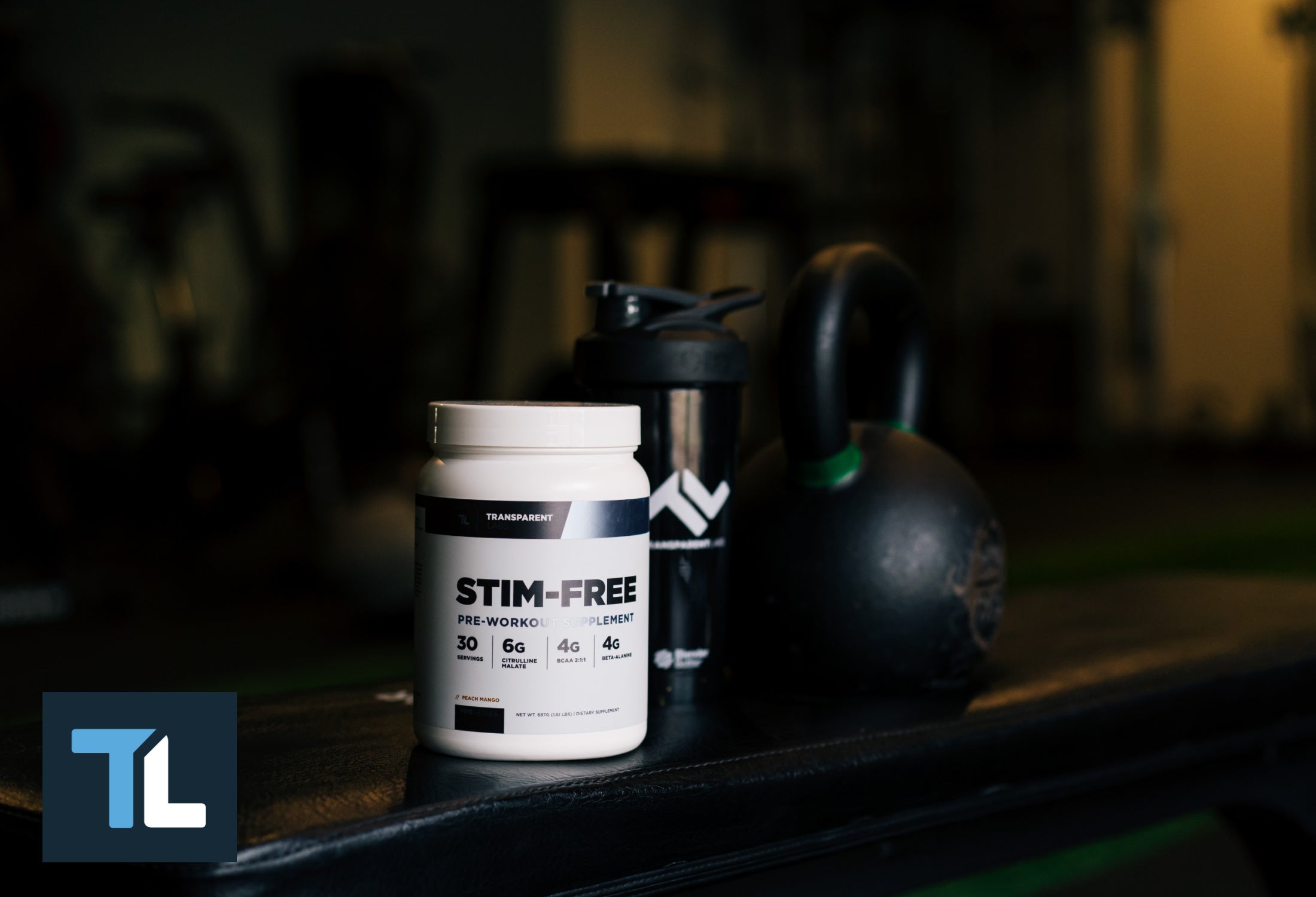It’s quite remarkable to observe the rumors that encircle certain nutritional supplements. The idea that an otherwise healthy nutrition source becomes problematic to your body once it is refined into a more convenient form has somehow become accepted by vast numbers of people, even if the rumors don’t pass any rational tests of logic.
Over the years, many myths have formed around ordinary protein powder — a concentrated configuration of a critical macronutrient for your health. Despite all anecdotal and scientifically-backed evidence to the contrary, plenty of people will still treat you to poorly-sourced information that will have you believing protein powder is somehow unhealthy for you for one reason or another.
Even if you’ve never heard the majority of these myths before, you’re bound to hear them eventually, and especially if you start to consume your protein powder in a public setting for the entire world to see. Because of that, we’re providing you with a list of six of the most commonly stated myths about protein powder, along with explanations for why each of them is incorrect.
“Protein powder makes you bulky”
The word “bulky” is a loaded term that usually describes someone who has either loaded up on muscle mass so dramatically that they’ve become disproportionate or musclebound. Either that, or they’ve put on weight so quickly and conspicuously — consisting of both body fat and muscle tissue — that it causes their body and face to acquire a “puffy” appearance.
To be clear, there is nothing lurking within protein powder that is going to initiate the sort of unrestrained muscle gain that will leave you carrying around more size than you know what to do with, and so rapidly that you don’t have time to adjust to it. There are plenty of bodybuilders who would love to have this problem, but it simply doesn’t happen.
The reality behind muscle mass increases is that even when you’re consistently consuming protein at optimal levels, it will usually take several years to achieve something that approaches your peak muscle mass potential. In a study comparing high-frequency and low-frequency resistance training groups, both groups gained an average of two pounds of muscle mass over the course of eight weeks of consistent training.(1)
In the meantime, the way to avoid the puffy side effects of consuming too many calories alongside your protein powder is to avoid spoiling the nutrient purity of your protein powder by blending or combining it with far too many unnecessary calories. But again, just to be clear, when served alone, your protein powder is in no way going to make your body bulky.
“You can only absorb 30g of protein per meal”
Years ago, it was reported that the human body could only effectively absorb approximately 30 grams of protein within a one-hour time window. It’s not that the remaining amino acid content was instantaneously turned into fat or anything like that, but it was strongly implied that the extra protein didn’t provide the body with any additional value.
In practice, the presumption behind this statement was that if one person consumed 30 grams of protein at both lunch and dinner, and a second person consumed 70 grams of protein during each of the same meals, the net benefit to each person was the same, because only 30 grams of protein were capable of being processed from each meal.
The reality is that your body is far more adaptable to what it eats than what was initially reported, and this is also coupled with a misunderstanding of what “absorption” means in this context.
First, when we consider protein from its standpoint as a raw macronutrient, your body can still use the calories from the protein you consume as energy. The protein still possesses energy potential, and your body does not disregard this simply because it has no immediate need to funnel all of your protein’s amino acids to your muscle fibers for the purpose or repair.
Second, because proteins are really just clusters of amino acids, loading up on proteins with varying amounts of amino acids can have benefits for your body that differ from straightforward muscle repair. One example of this is the amino acid glycine, which is a component of several of the most popular plant and animal protein sources, and which can help to lower your body temperature and prepare you for more restful sleep.
Third, filling your plate or glass with protein not only supplies your stomach with food that is more likely to induce satiety than carbs and fats — ultimately resulting in you consuming fewer calories overall — but the thermic effect of protein will induce your body to burn up to 30 percent of its protein calories simply through the process of digestion. This aspect of protein’s physiological effect on your body is essentially a hack that can have you eating less and burning more simply by choosing the right foods.
So, while a hyperdose of protein may exceed your body’s present needs for muscle rejuvenation and recovery, there are still plenty of important ways that your body can use the protein you consume.

“High protein intake damages your kidneys”
For quite some time, the notion that high-protein intake has been linked to damaged kidneys has been thrown around with a serious lack of nuance or clarification. The unfortunate side effect of this has been the perpetuated belief that a high-protein diet — when partaken in by people in any state of health, and under all circumstances — results in damaged kidneys.
This is one of those scenarios where the amendments to the claim mean absolutely everything with respect to how it should be comprehended, and misunderstanding the relevant data can cause people to make some very misguided health decisions.
For the most part, studies of high-protein diets on the kidneys of test subjects have indicated that these diets typically compromise the health of individuals whose kidneys have already been damaged by some other condition. So, if your kidneys are in a healthy state, you probably have little to worry about.
This brings us to the matter of the sources of protein being consumed. The majority of the research on the effects of high-protein diets has involved people who ate vast quantities of animal protein, especially from red meat, in order to achieve their high protein intake.(2)
This same pattern has not been observed with plant-based protein, nor has it been observed with protein powder. In fact, recent studies have demonstrated that protein derived from fish and dairy sources actually improve kidney function.(3)
The inference from these results is that a diet consisting of ordinary amounts of plant and animal protein consumed during traditional meals, followed by healthy doses of protein from either whey or vegan protein powder, will not result in the sort of kidney complications that accompany high-protein diets that consist chiefly of red meat intake.
“You have to drink a shake immediately post-workout”
The idea that you need to drink a protein shake immediately after your workout concludes is derived from the belief in an anabolic window. The concept of the anabolic window is best described as a physiological sweet spot within which protein achieves its optimal utilization rate.
According to this theory, if you don’t immediately consume protein after you train — or at least if you don’t eat anything within 30 minutes of your workout’s conclusion — your muscles will miss out on most of their potential to grow after your workout ends.
More precise descriptions of the anabolic window will say that your consumption of protein shortly after your workout can shift your body from a catabolic state — during which your muscles are being broken down — into an anabolic state where your muscles are being rebuilt.
Research has tended to disprove this concept, which makes sense. If the idea is that your muscles are in substantial need of repair once your workout is over with, prolonging the length of time that your muscles go without the nutrients they need for recovery would not mitigate the need for more protein. If anything, it would amplify the need.
No, you do not need to consume a protein source within 30 minutes to an hour of a workout ending in order to benefit from that protein. However, it’s certainly not the worst idea in the world to provide your body with the nutrients that you know it will need in a prompt fashion. For this reason, it can be a very practical idea to carry protein powder (and probably some creatine) with you to the gym so that it’s ready for consumption as soon as your workout is over with.

“Protein powders are full of harmful additives”
Depending on which headlines you’ve viewed, you may have been led to believe that the majority of protein powders are full of harmful additives, and you wouldn’t be entirely wrong for assuming that.
According to the 2025 protein powder report from the Clean Label Project, 47 percent of protein powders contained unhealthy levels of harmful contaminants. From there, if you were to drill down into specific categories, you would find that 65 percent of chocolate-flavored proteins exceeded acceptable Prop 65 levels of lead contaminants, as did 79 percent of organic protein powders.
While these contaminants are scary, they are simply the hidden elements mixed within what might be a hodgepodge of artificial ingredients, artificial sweeteners, fillers, and other unnatural additives. This may be common, but it’s far from universal. For instance, Transparent Labs whey protein powder is sourced from grass-fed cows who live at identifiable farms, and all of the other ingredients in Transparent Labs protein powder are natural, from the flavors to the sweeteners.
For the record, these artificial ingredients and additives are well worth avoiding. As just one example, alternative sweeteners have been shown to compromise gastrointestinal functions, cause headaches, and alter taste detection at a minimum.(4) Similarly, some artificial food dyes have been proven to be harmful to the neurological development of children.(5)
“All proteins are basically the same”
It would be difficult to blame you for believing that all proteins are basically the same, or for actually uttering this statement to someone at some time in your life. This is a common response from vegetarians and vegans to people who accuse them of relying on protein sources that are insufficient in one way or another.
Shooting straight to the heart of the issue, comments about a protein’s insufficiency are usually made in reference to a protein’s completeness. In order to be considered a complete protein source, a food must possess the nine essential amino acids that your body can’t produce on its own: histidine, isoleucine, leucine, lysine, methionine, phenylalanine, threonine, tryptophan, and valine. Without these nine amino acids, your body can’t adequately perform muscle protein synthesis, and therefore can’t grow or repair muscle tissue.
Protein sources like soy and pea are complete proteins according to the essence of the definition. However, they are both comparatively low in branched chain amino acids, which are the most important amino acids in terms of triggering muscle growth and efficiently repairing muscle tissue.
In that respect, these plant-based proteins do not have the same muscle-building potential as whey and some of the other animal-based protein sources. As such, the differences in amino acid content and the significance of those differences makes it very clear that all proteins are not the same, as their varying amino acid profiles set them apart.
“Vegans can’t get enough protein without meat”
One of the other digs that is constantly taken at vegans is that they supposedly can’t get sufficient protein into their bodies without consuming protein from animal sources. Certainly, this is not the case, and the reason this is not the case becomes evident when you break down the contents of each type of protein.
To be fair, if we’re assessing the proteins based on which has the greatest muscle building potential, it would certainly be animal-based proteins like whey. However, it is crucial to understand that this statement only holds water on a gram-for-gram basis.
In practice, if a vegan were to opt to dump one-and-a-half scoops of pea protein powder into their protein shake instead of just one, both the overall protein content and the overall branched chain amino acid content of the shake would now exceed that of a single scoop of whey protein. The only real tradeoff in this scenario is about 75 more calories from the macronutrient with the highest thermic effect.
So, when viewing things this way, it is easy to see that while animal proteins may be more well rounded than plant-based proteins in some respects, and particularly with respect to muscle-building potential, the shortfall on the plant protein side can easily be overcome by simply consuming greater quantities of protein, preferably from a complete protein source.
NOT a myth: Protein is very good for your body
Once you strip away all of the myths about protein in general, and about protein powder in particular, what you’re left with is no rational reason why you shouldn’t be consuming substantial quantities of protein on a daily basis for the sake of your health. Between protein powder’s thermic activity, tissue regenerating capabilities, and general versatility, protein powder is a nutrient option that should always be on the table.
Sources
-
Thomas MH, Burns SP. Increasing Lean Mass and Strength: A Comparison of High Frequency Strength Training to Lower Frequency Strength Training. Int J Exerc Sci. 2016 Apr 1;9(2):159-167. doi: 10.70252/HDLQ5133. PMID: 27182422; PMCID: PMC4836564.
-
Ko GJ, Rhee CM, Kalantar-Zadeh K, Joshi S. The Effects of High-Protein Diets on Kidney Health and Longevity. J Am Soc Nephrol. 2020 Aug;31(8):1667-1679. doi: 10.1681/ASN.2020010028. Epub 2020 Jul 15. PMID: 32669325; PMCID: PMC7460905.
-
Relationship of Different Sourced Protein Intake, Quantity of Plasma Amino Acid with Chronic Kidney Disease, Zhou, Chun et al. The Journal of Nutrition, Volume 155, Issue 4, 1165 - 1172
-
Ghusn W, Naik R, Yibirin M. The Impact of Artificial Sweeteners on Human Health and Cancer Association: A Comprehensive Clinical Review. Cureus. 2023 Dec 29;15(12):e51299. doi: 10.7759/cureus.51299. PMID: 38288206; PMCID: PMC10822749.
-
Miller MD, Steinmaus C, Golub MS, Castorina R, Thilakartne R, Bradman A, Marty MA. Potential impacts of synthetic food dyes on activity and attention in children: a review of the human and animal evidence. Environ Health. 2022 Apr 29;21(1):45. doi: 10.1186/s12940-022-00849-9. PMID: 35484553; PMCID: PMC9052604.

